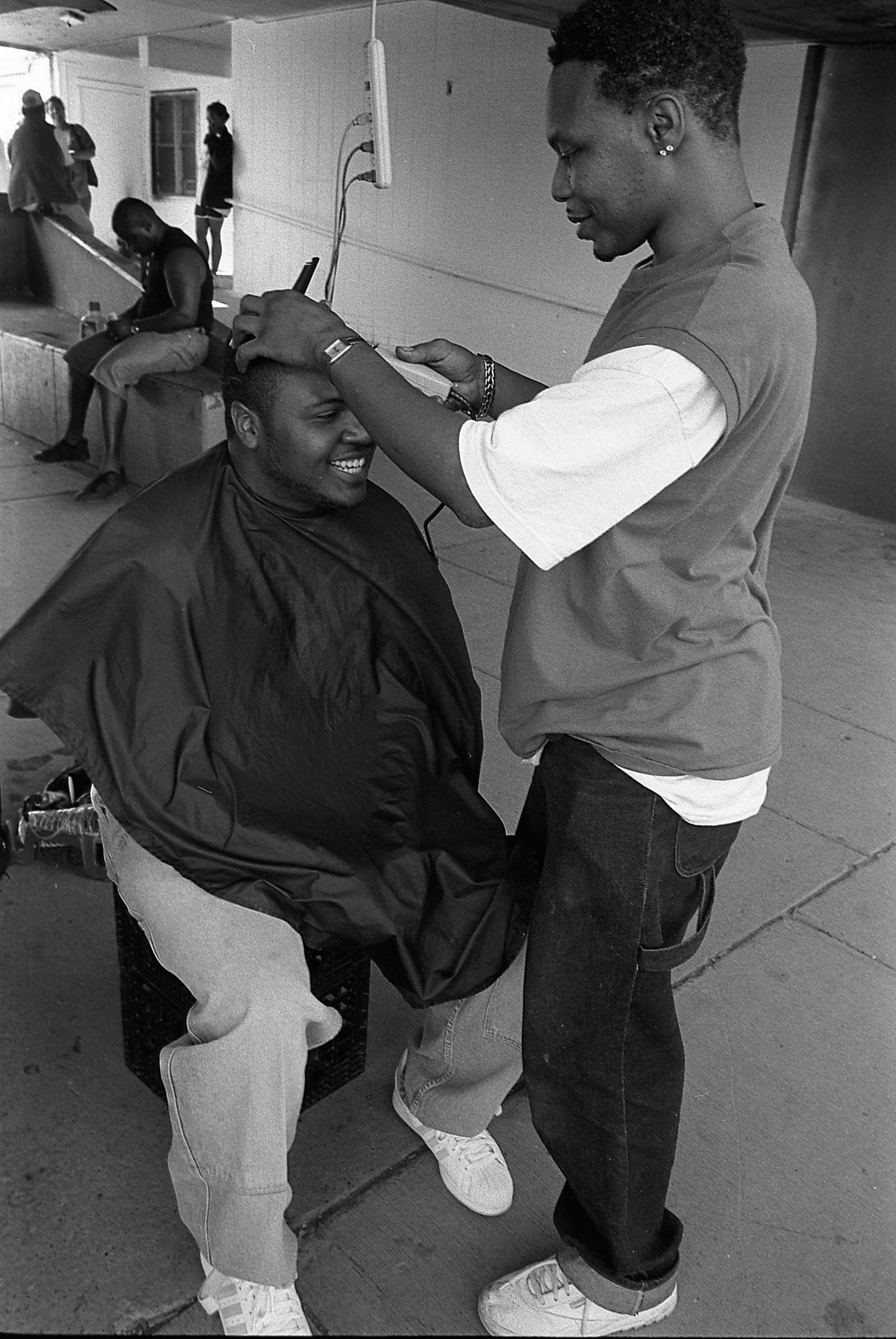Remarks by Jamie Kalven at the Second Annual James Marston Fitch Charitable Foundation Symposium in New York on October 17, 2014. The title of the symposium was “The Accidental Preservationist: Artists, Artisans, Outliers & the Future of Historic Preservation.” (Click here for a recording of the talk.)
The invitation to participate in this symposium has given me occasion to brood about questions arising from my immersion for more than a decade in Chicago’s high-rise public housing during its final chapter—specifically, in the community of Stateway Gardens, eight square blocks of the South Side.
The photo essay that will unfold in counterpoint to my words, composed of images by my wife Patricia Evans, a documentary photographer, evokes that lost world.
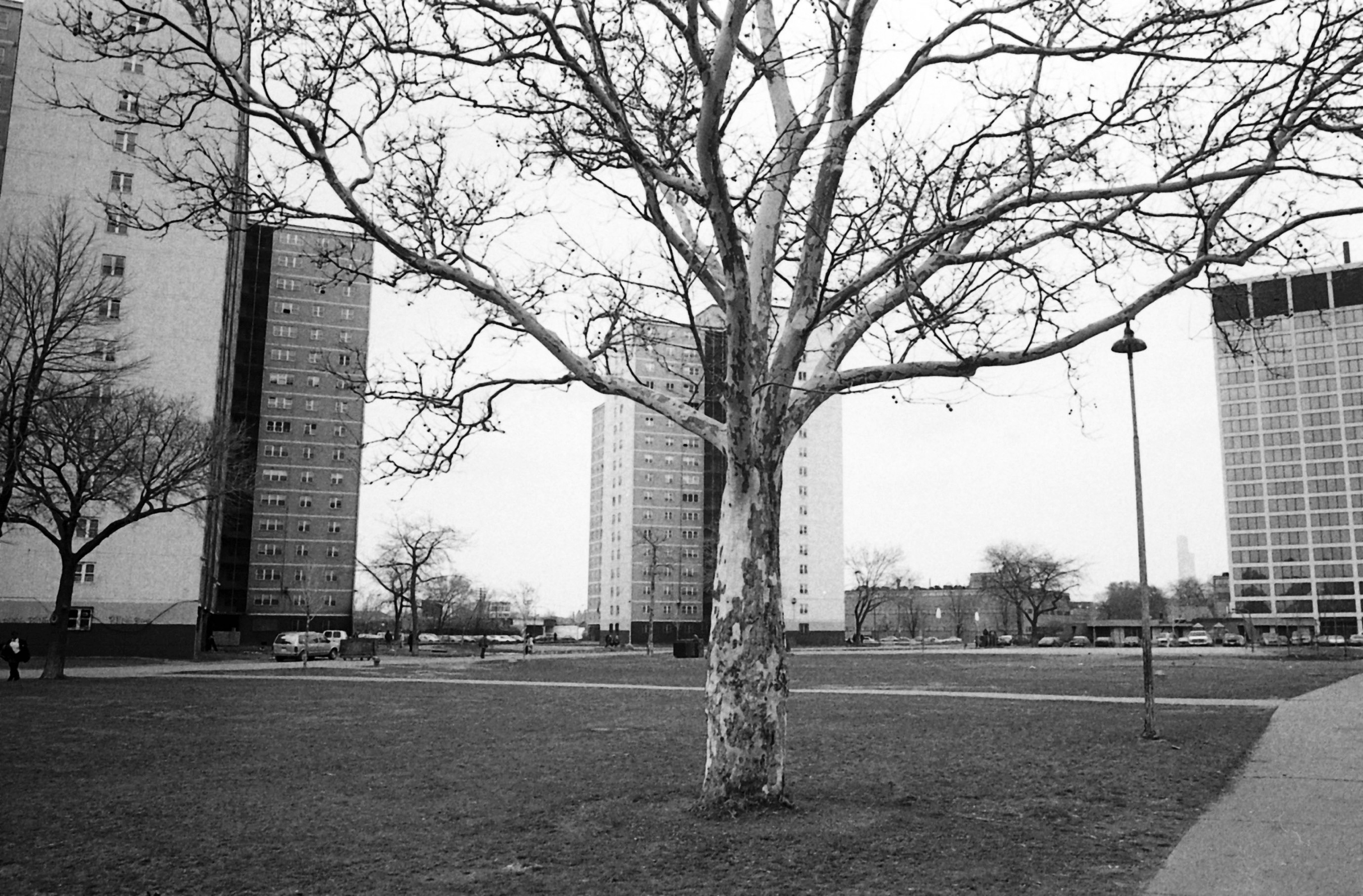
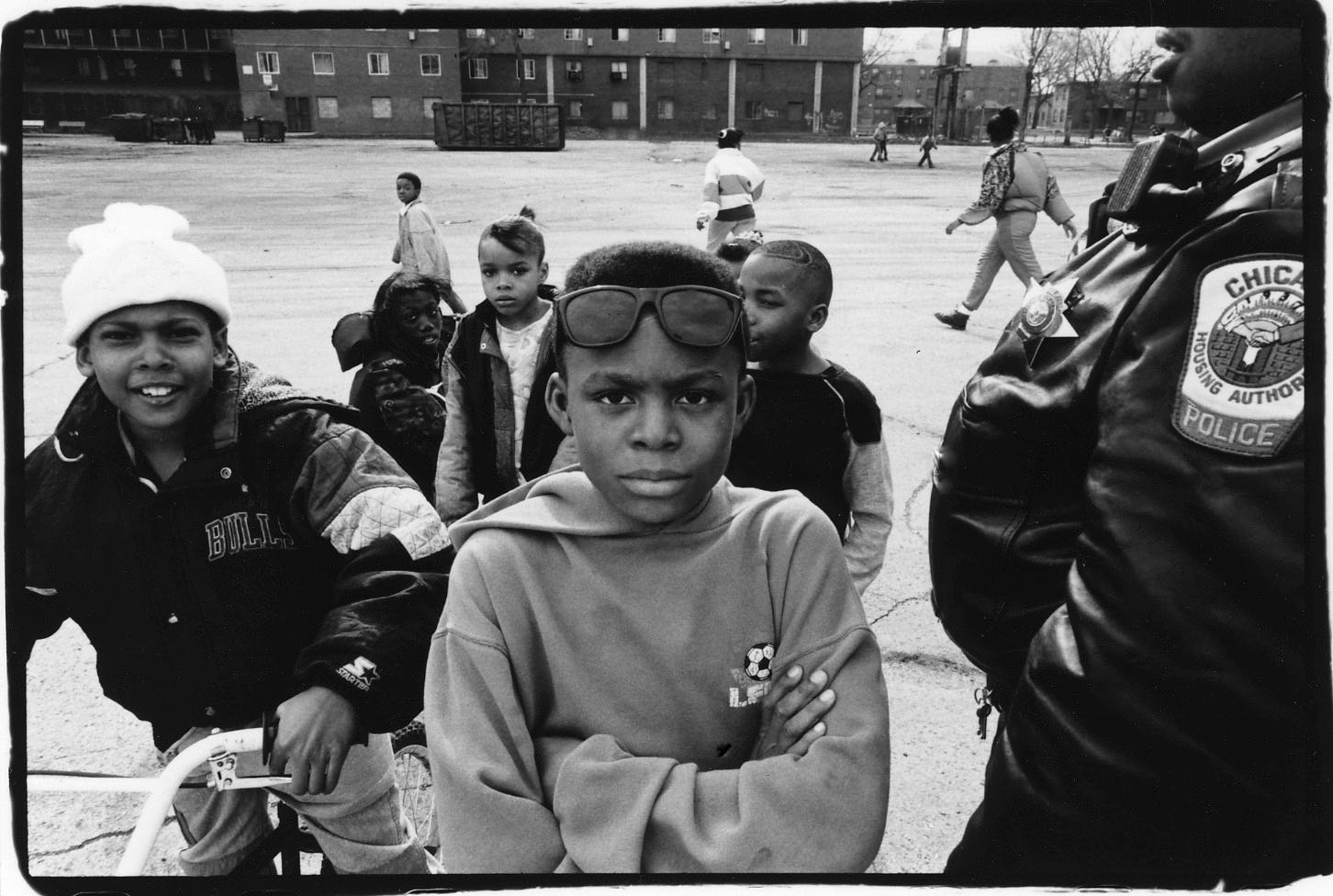
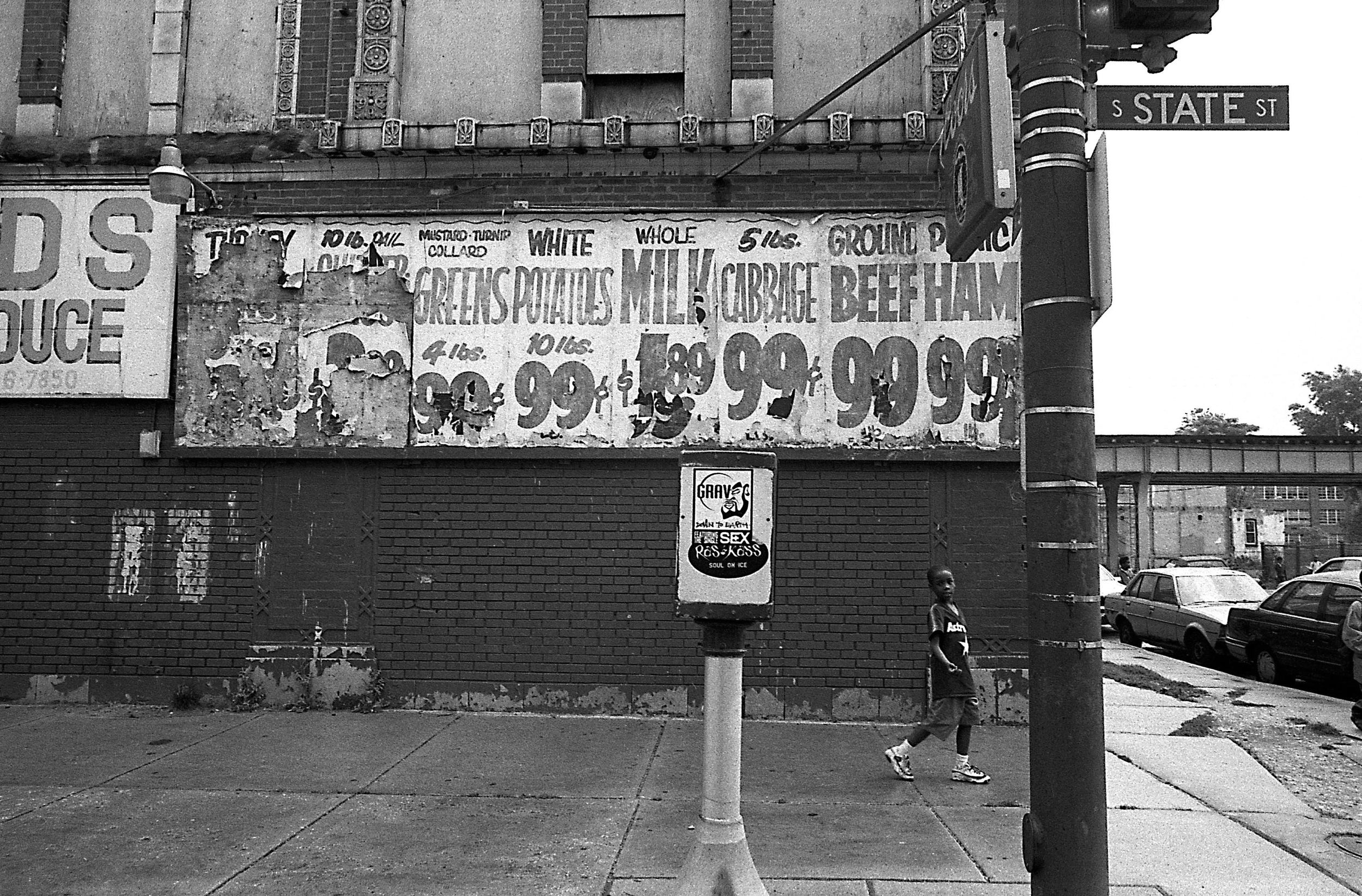

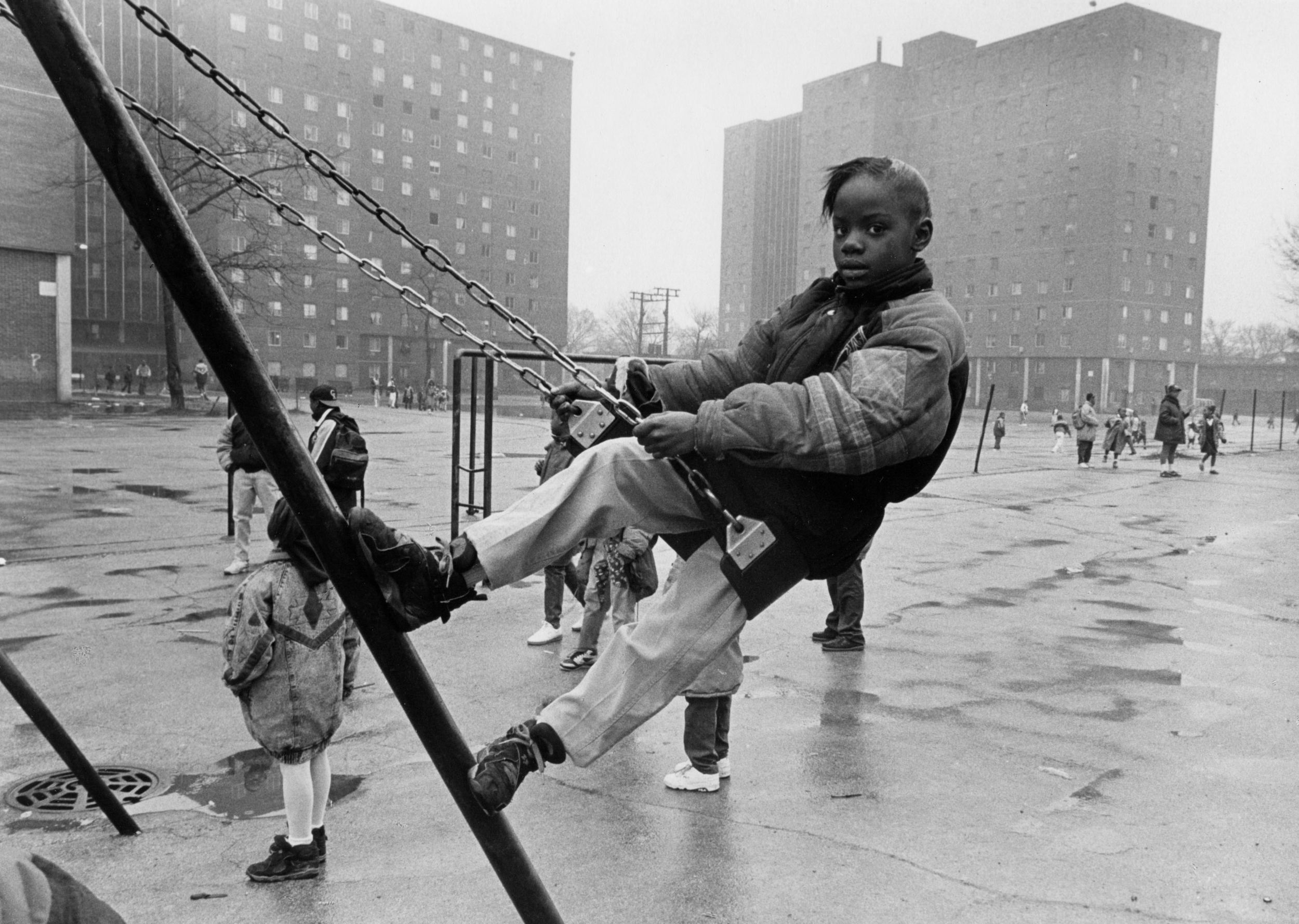

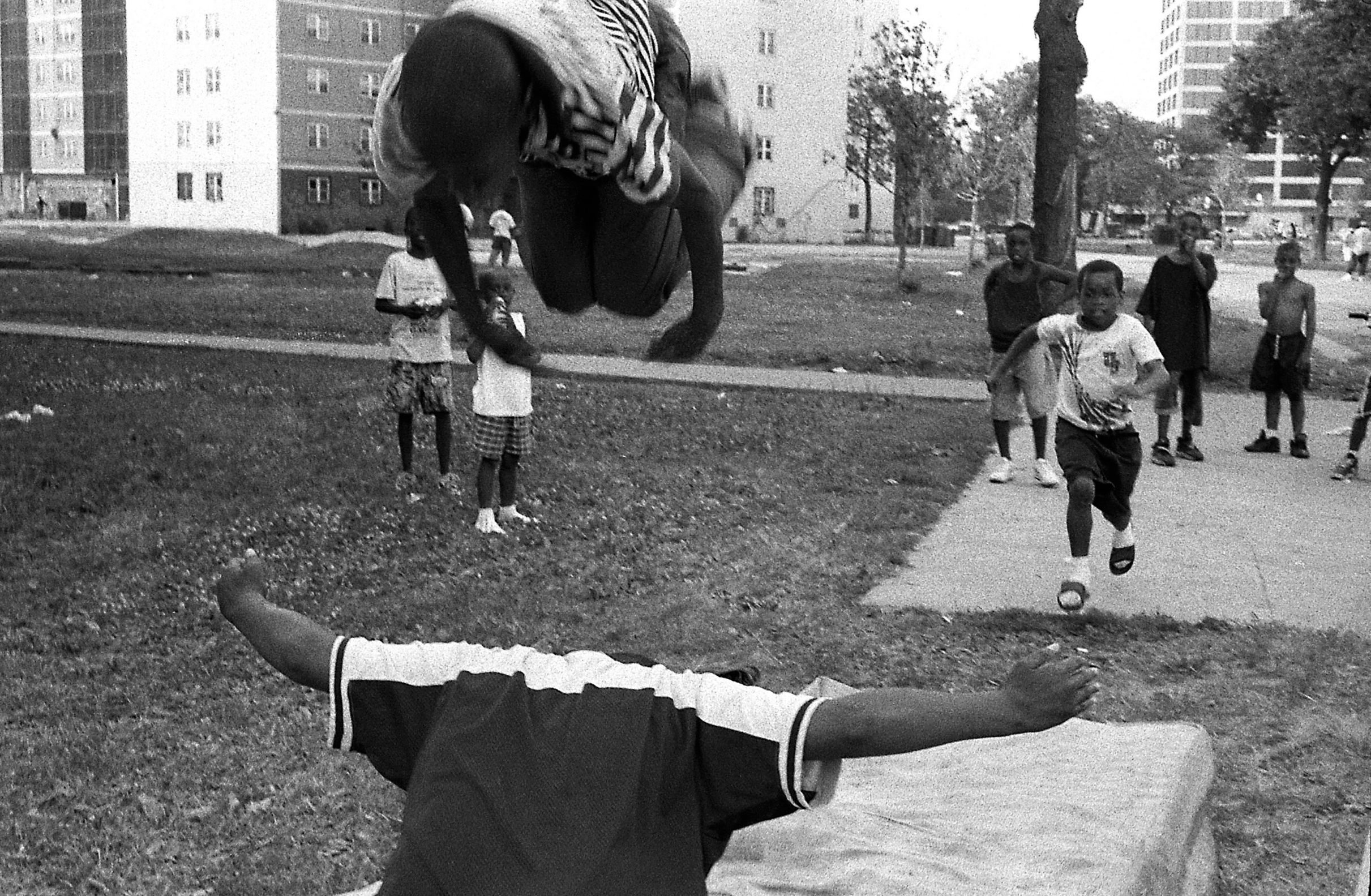
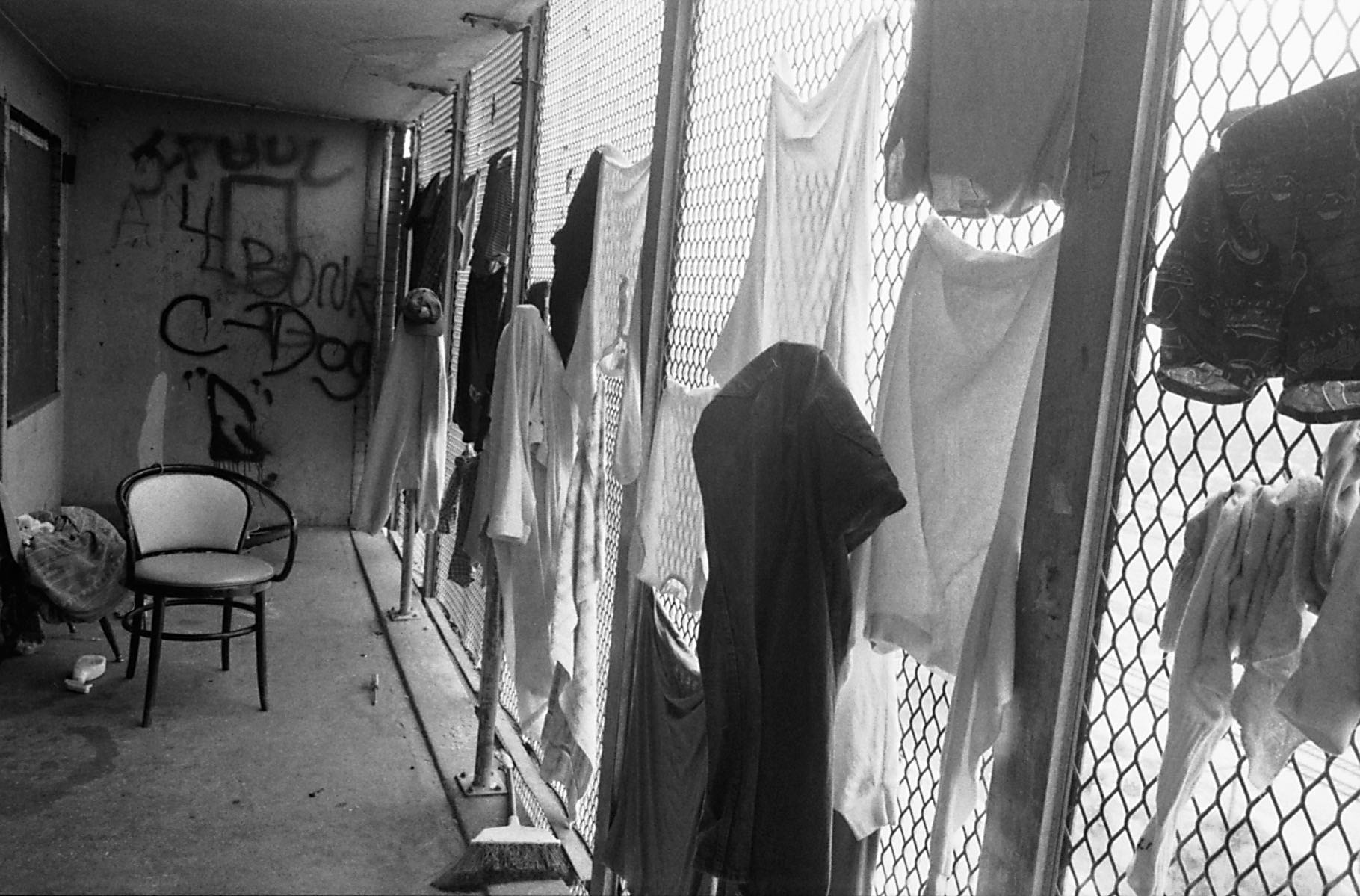
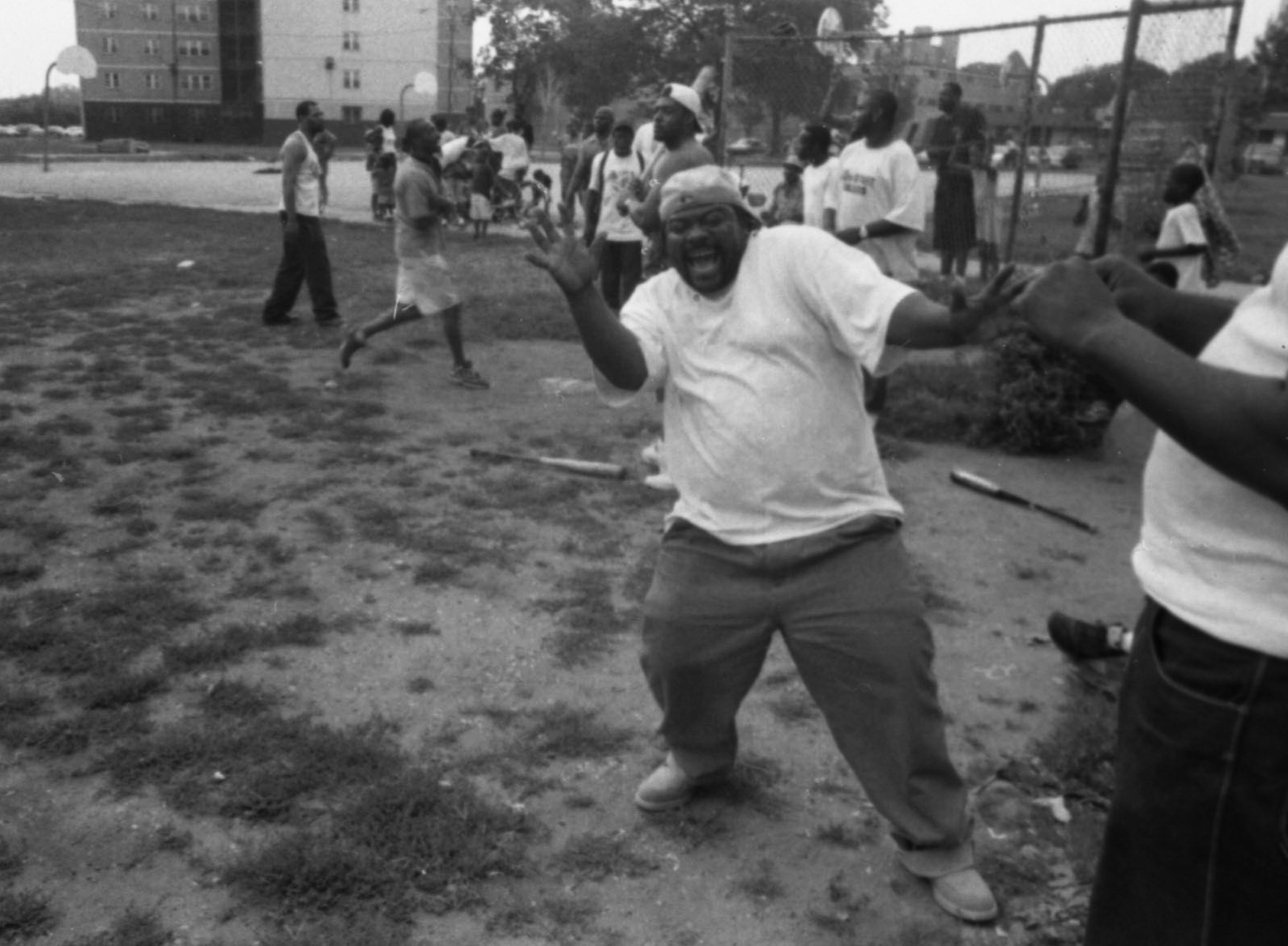
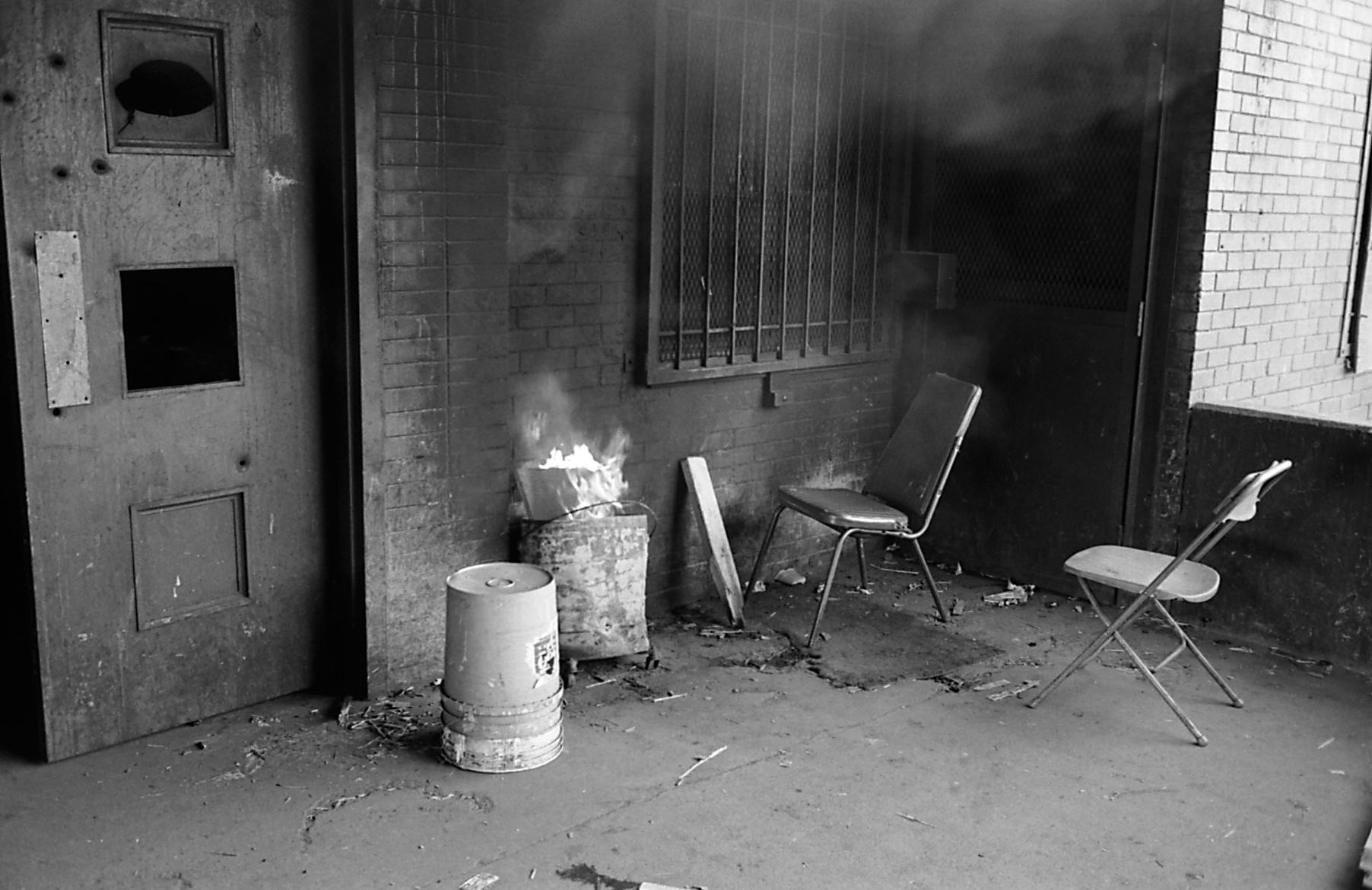
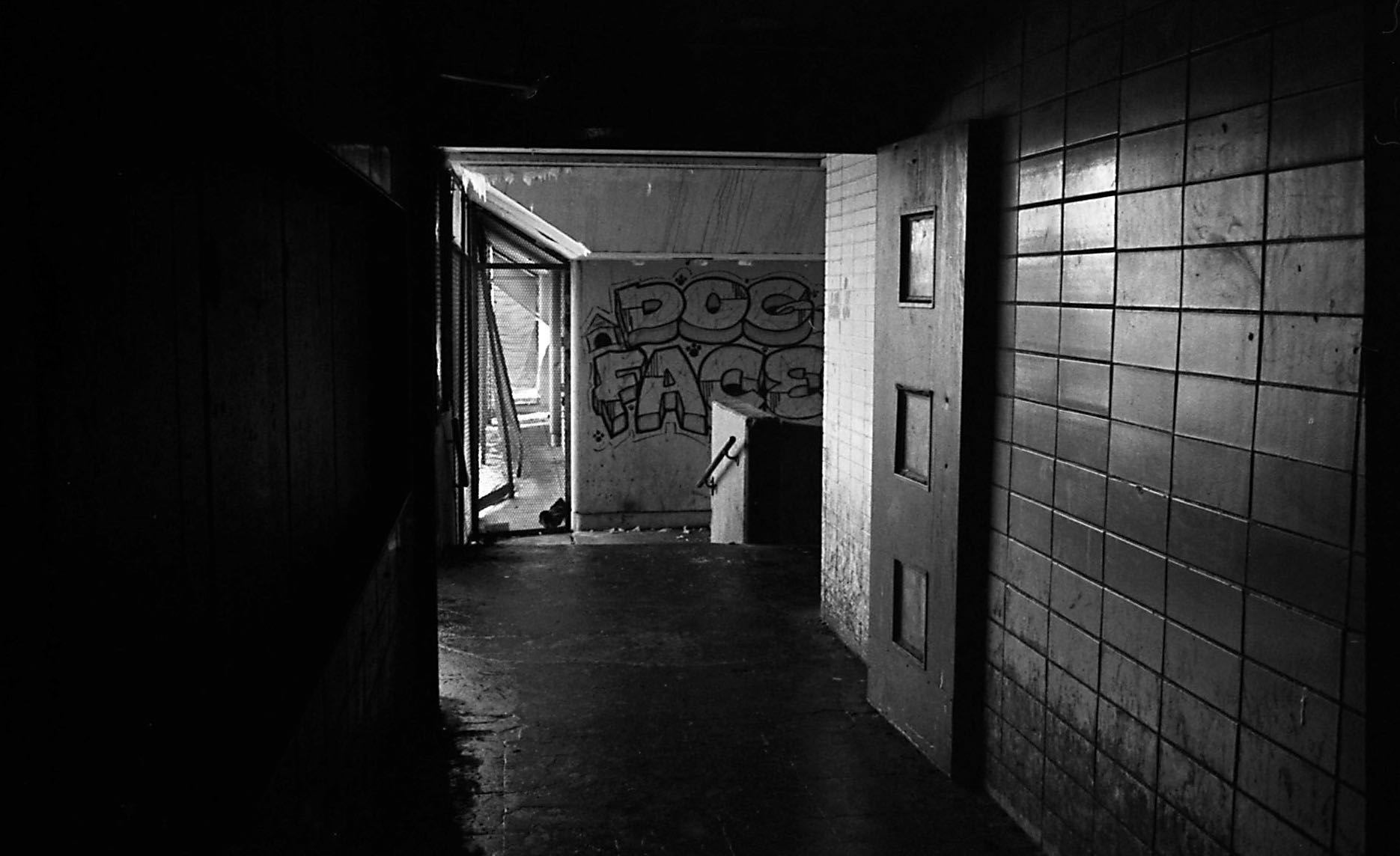
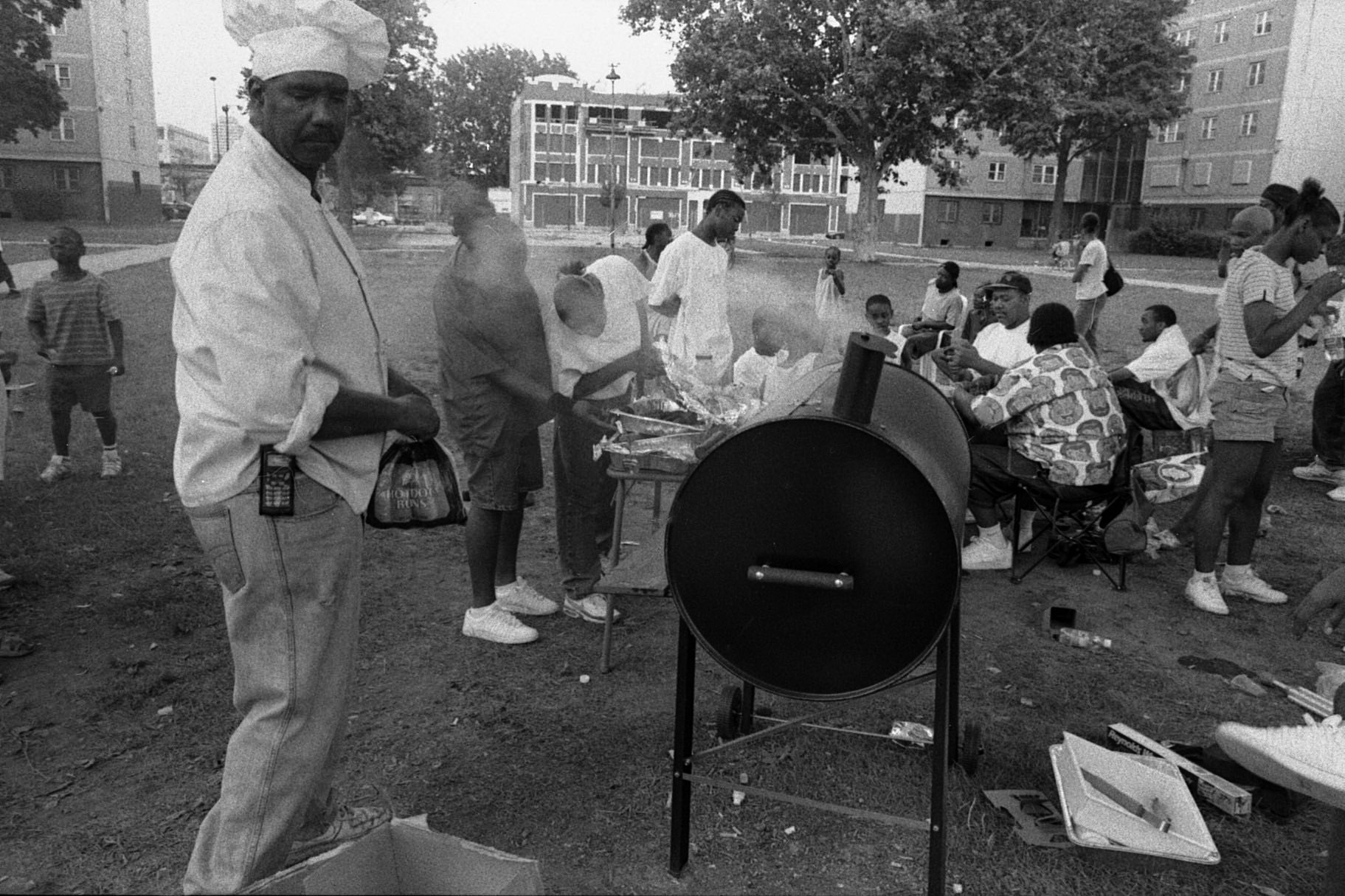
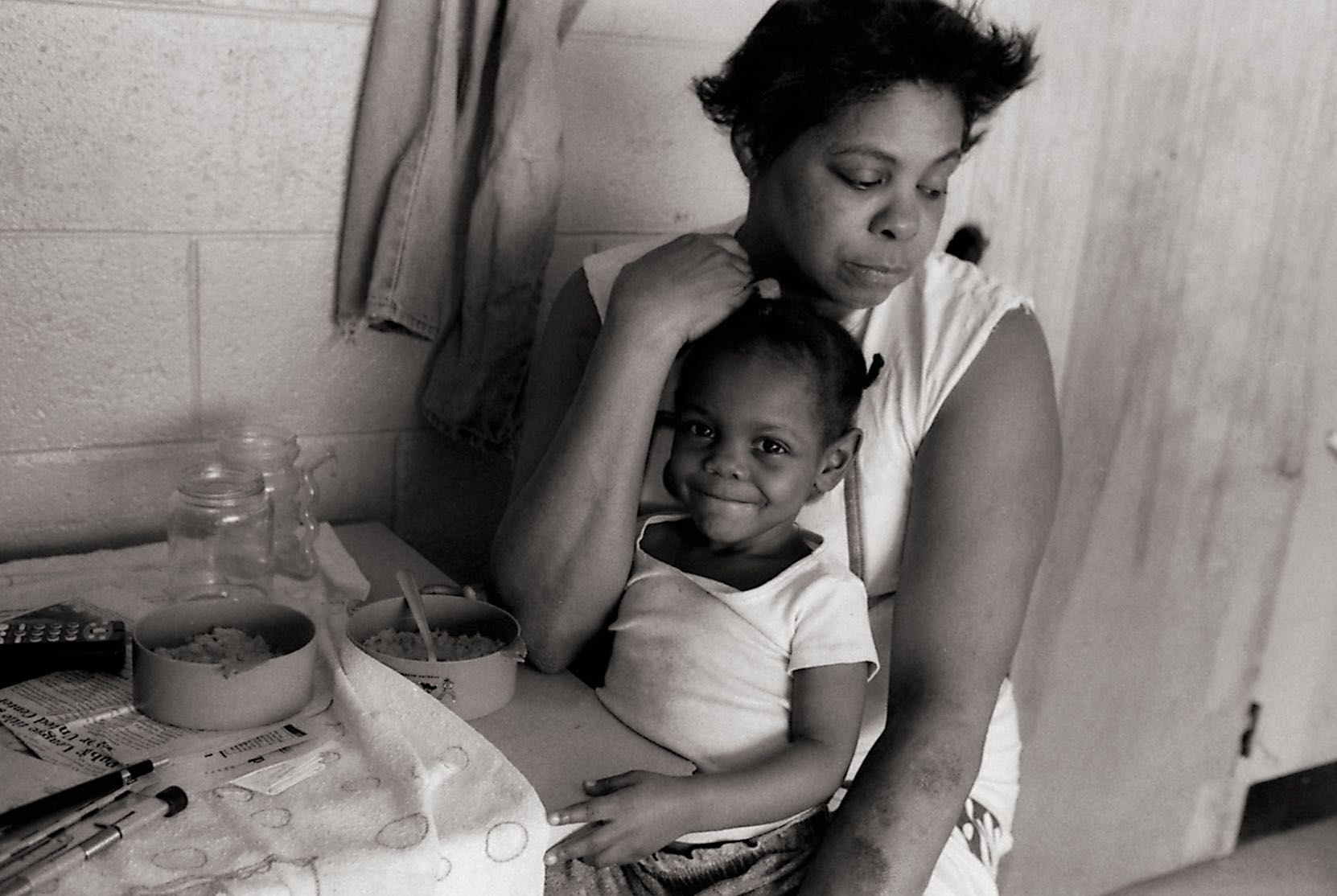
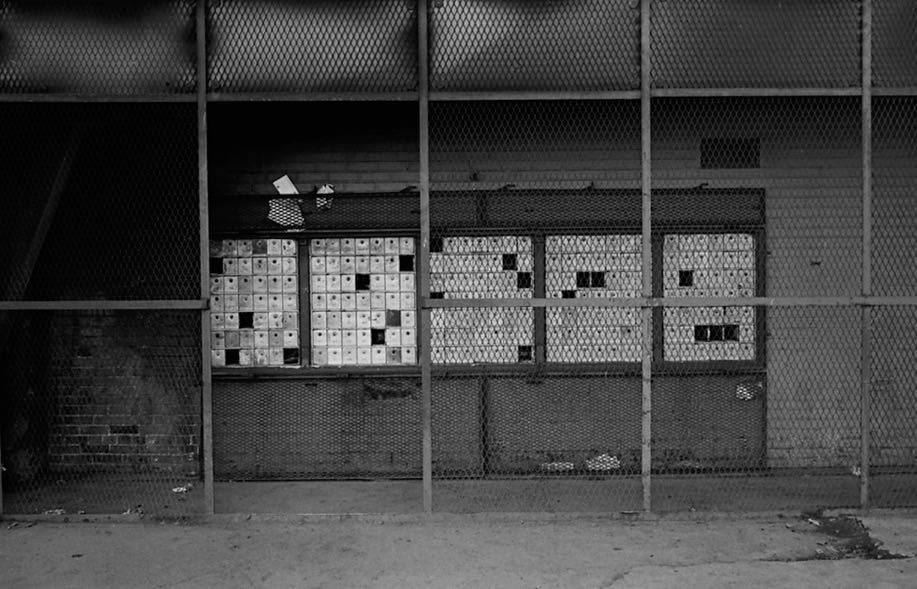
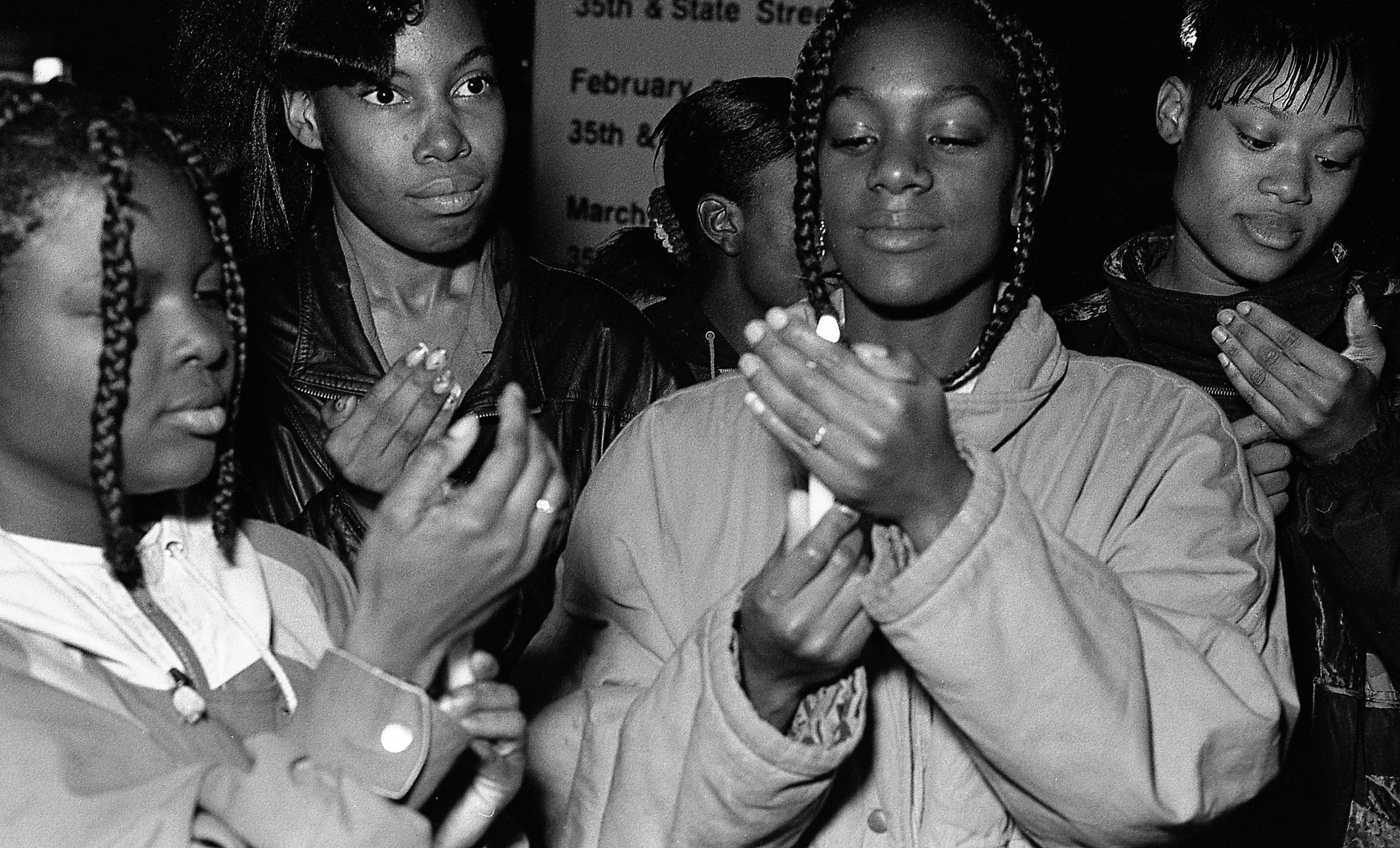
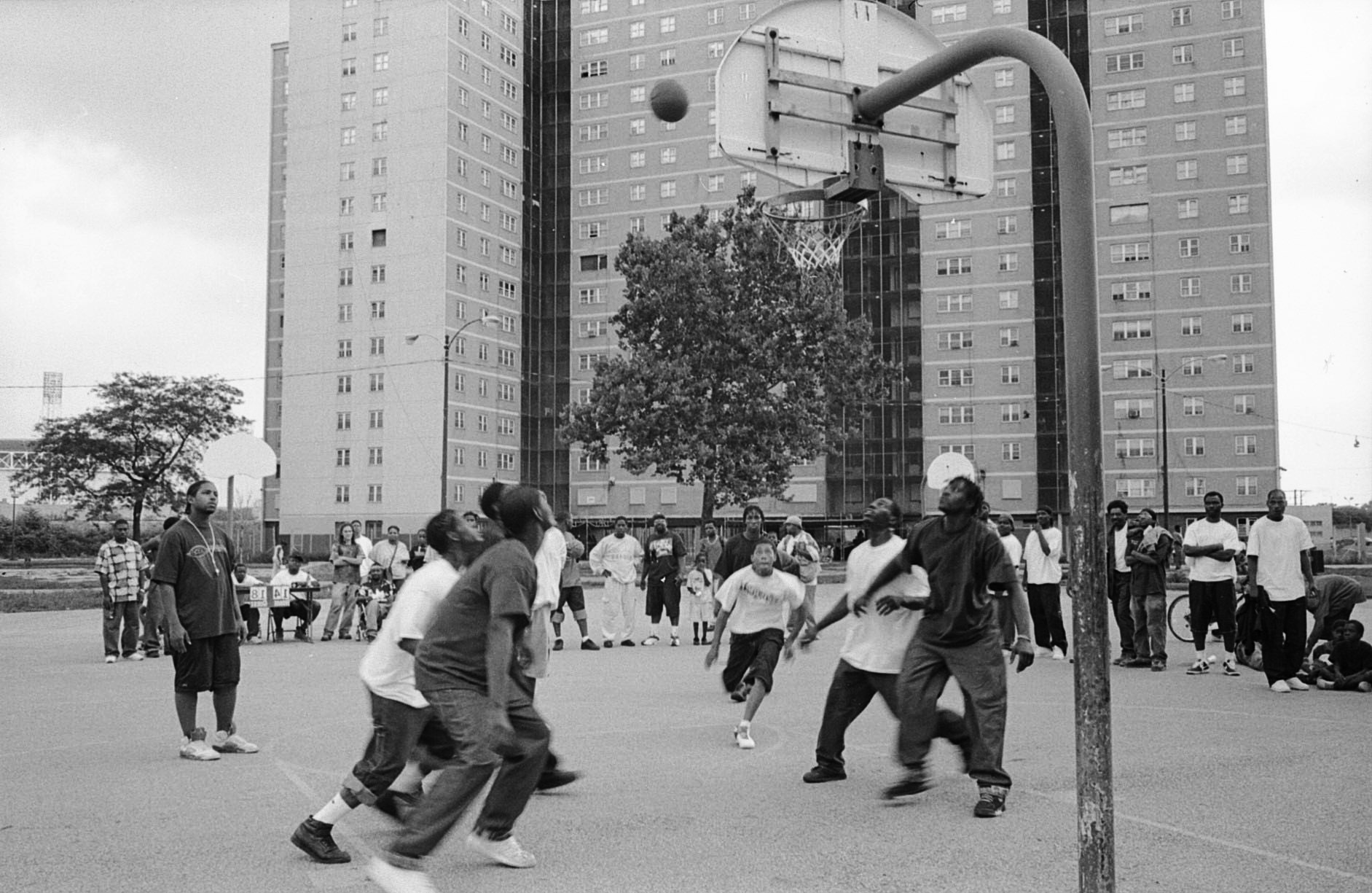
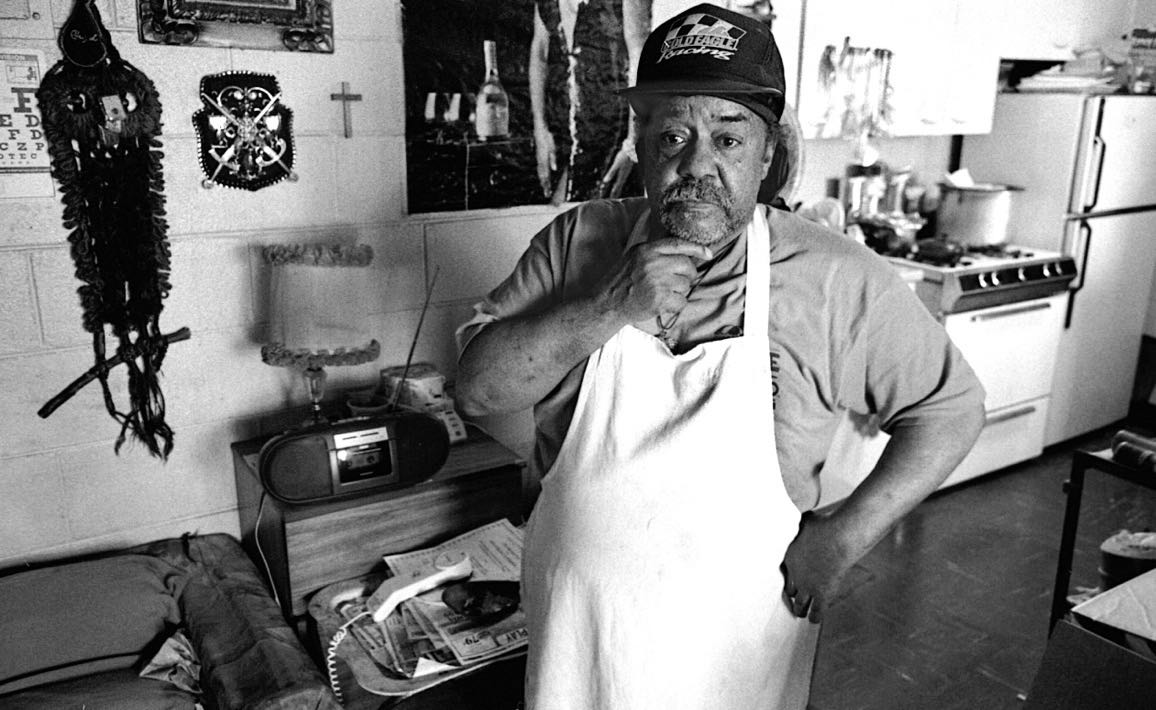
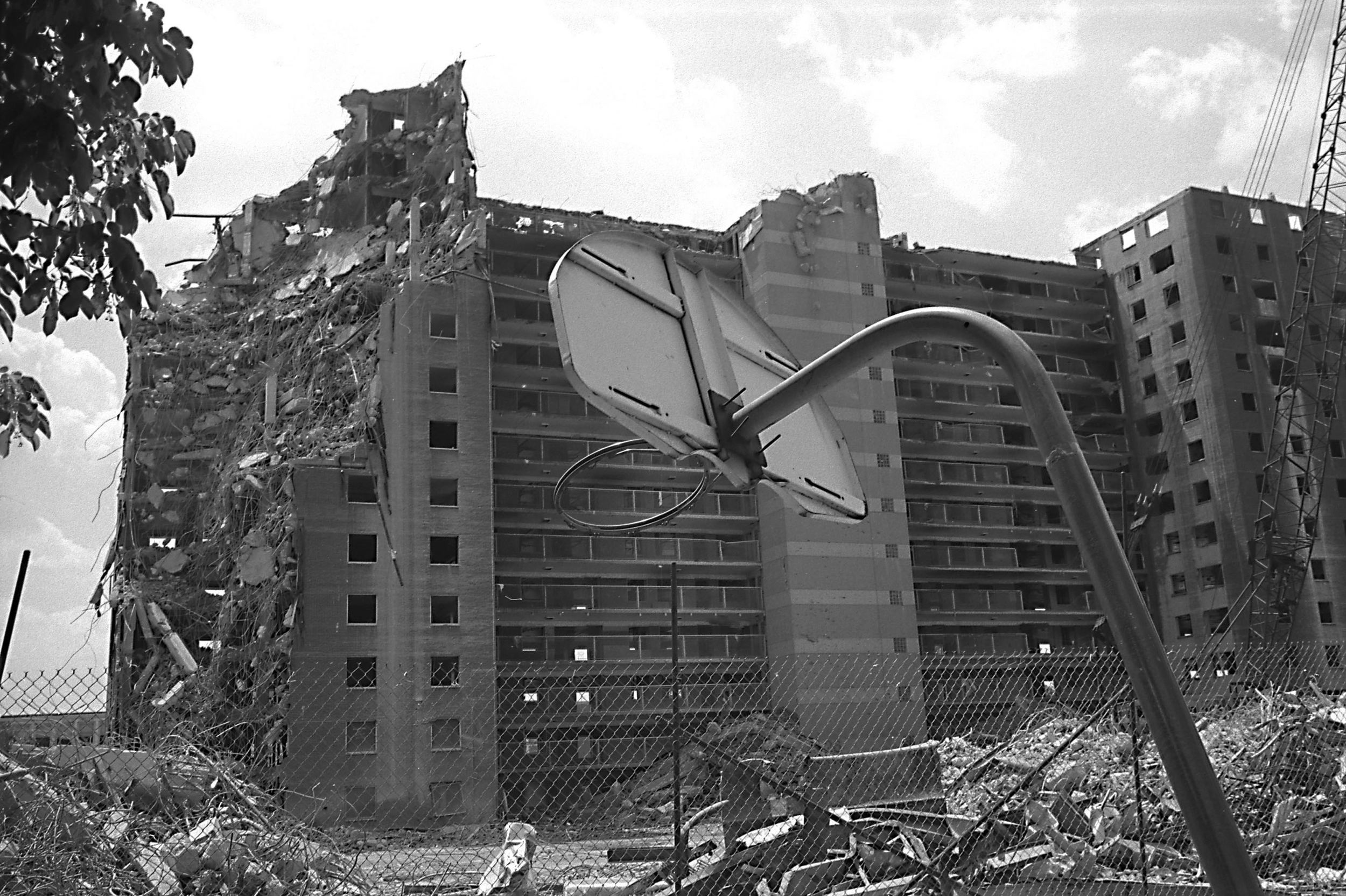
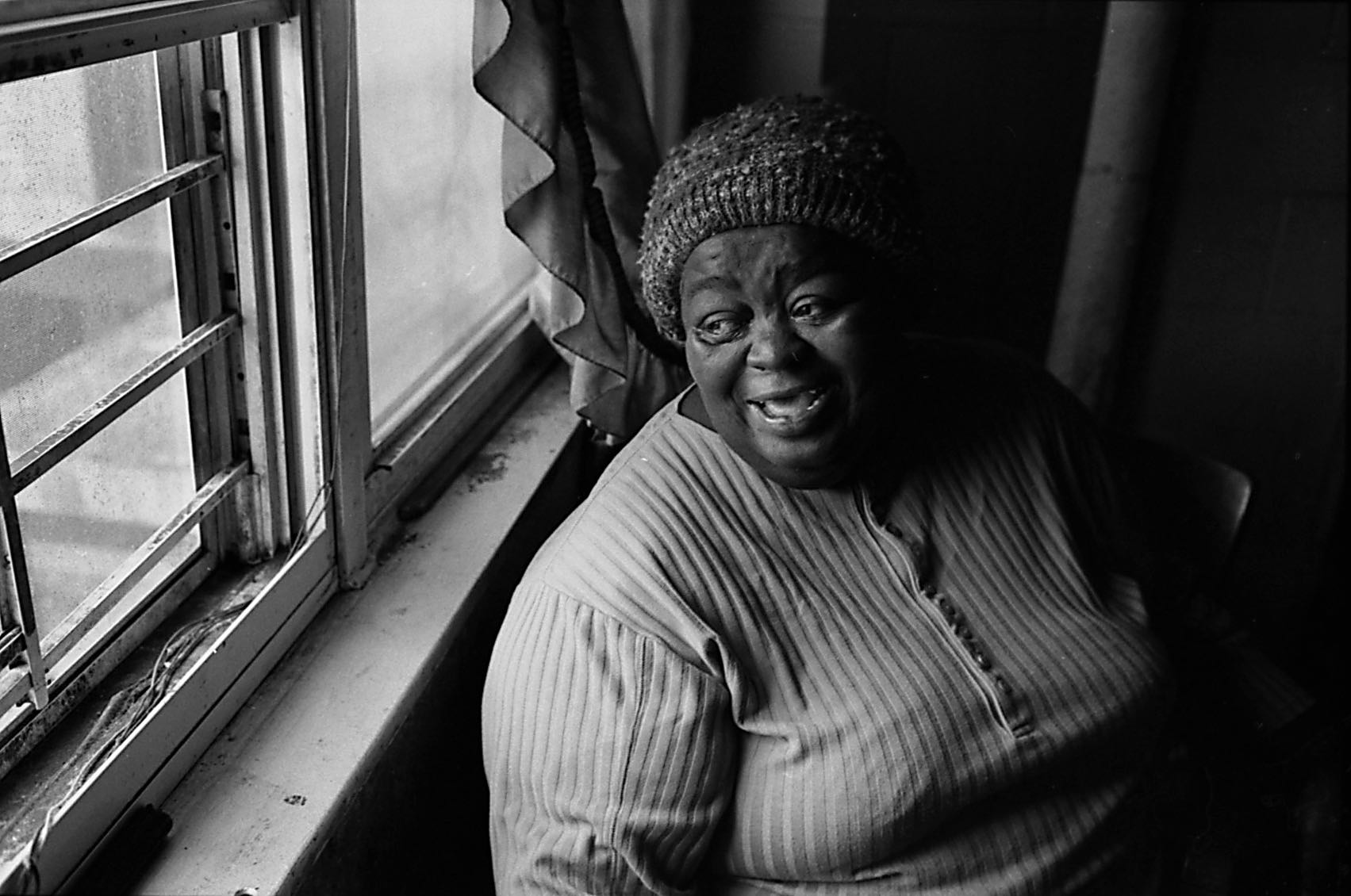
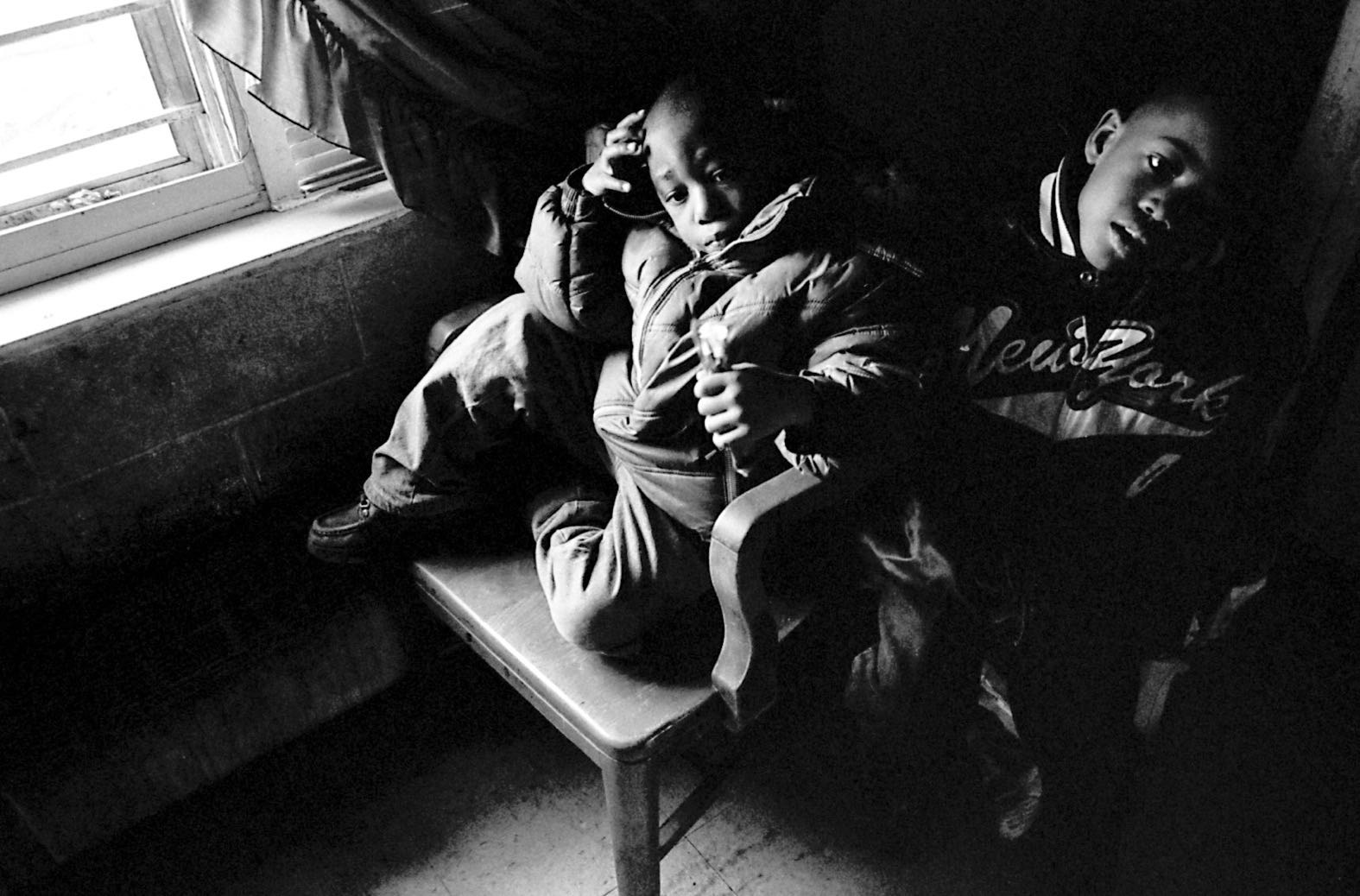
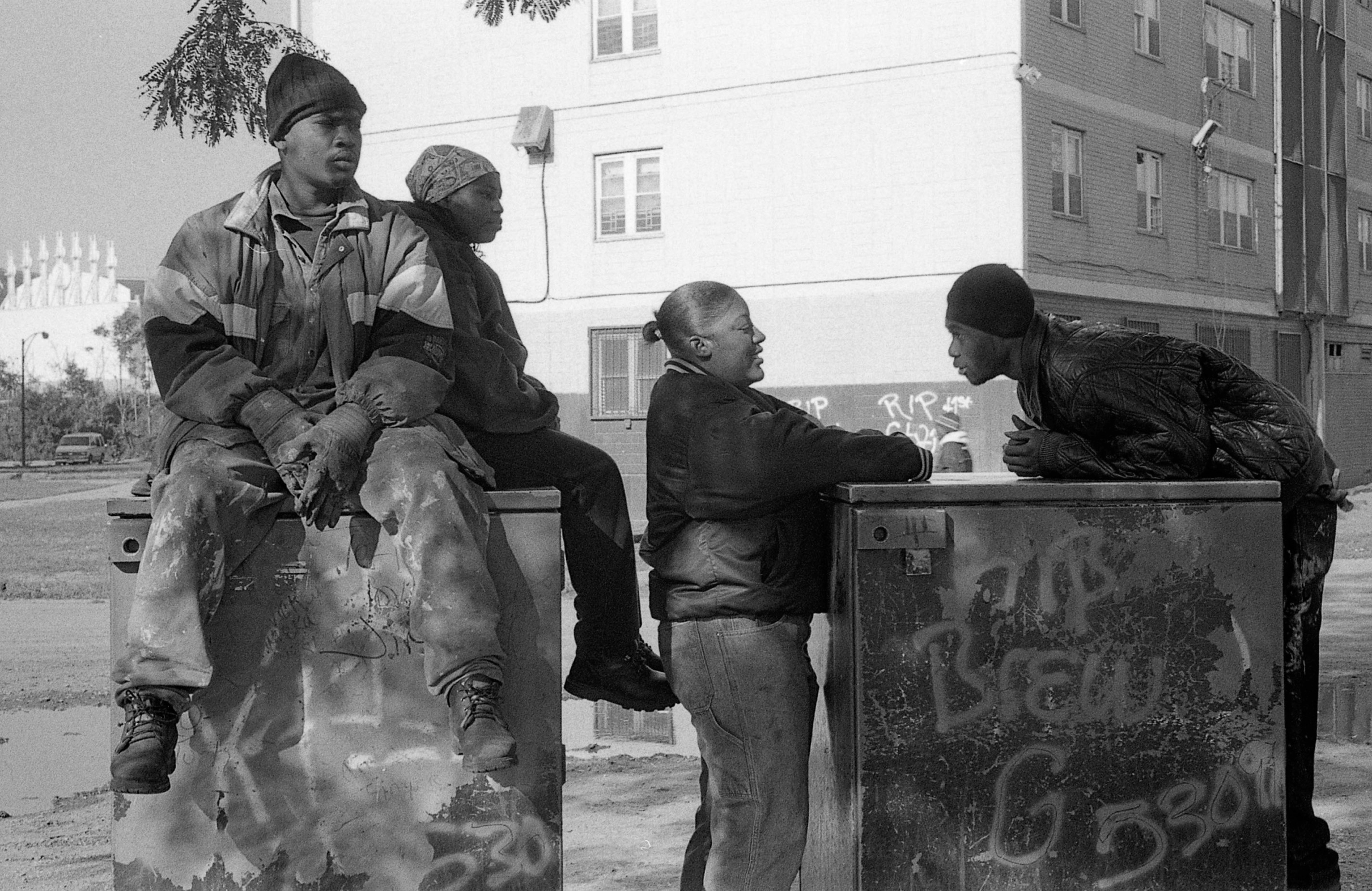
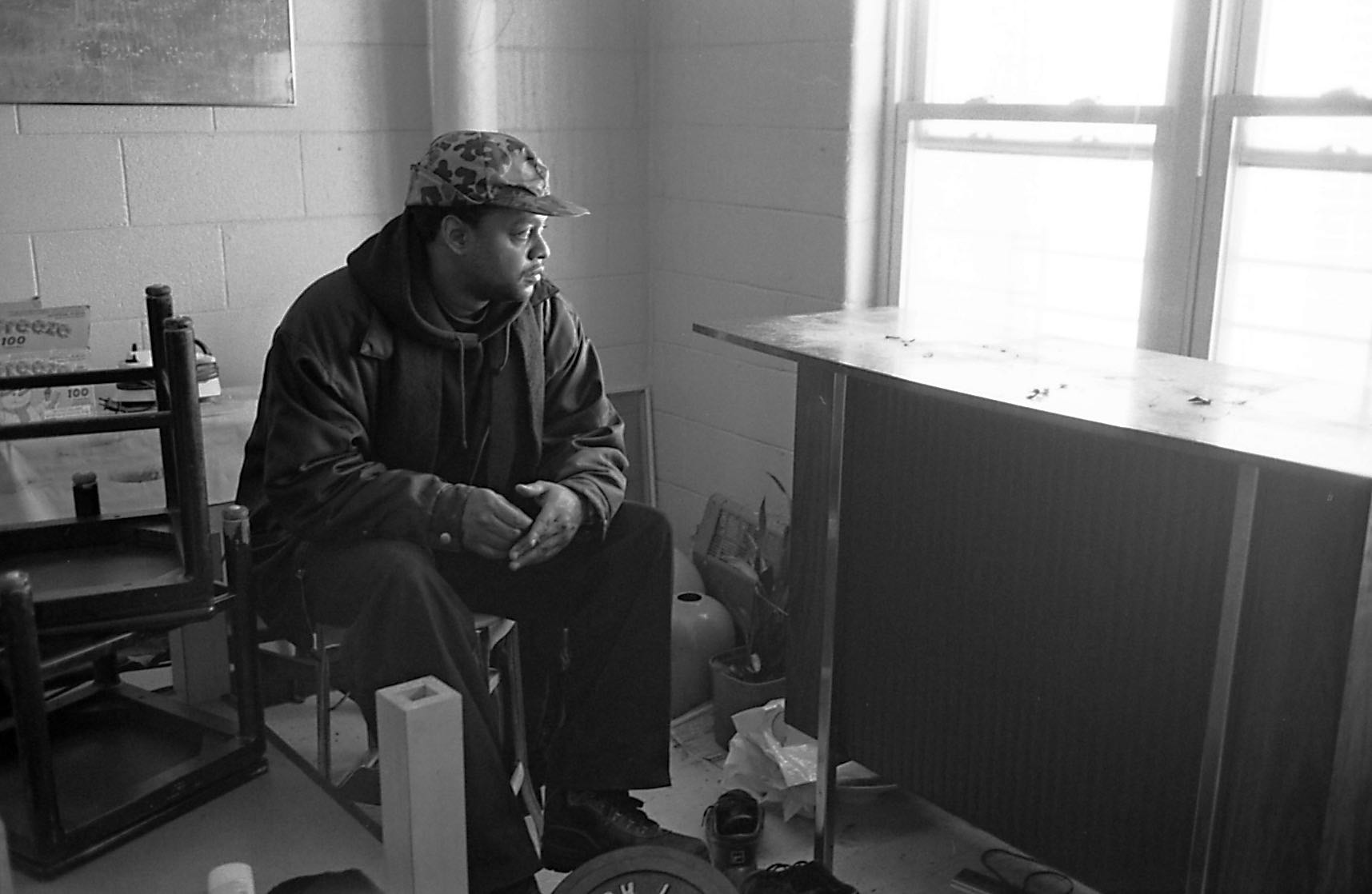
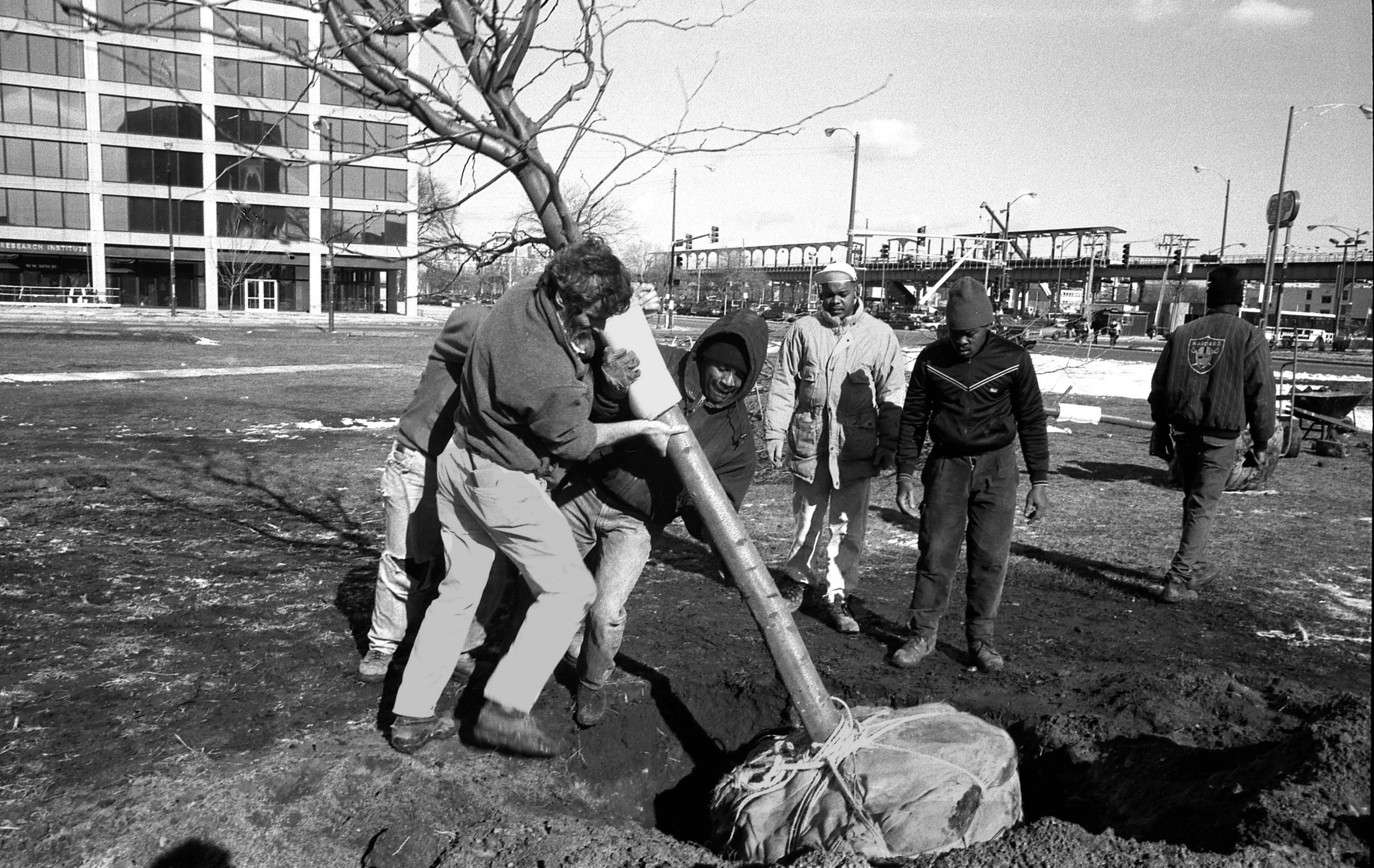
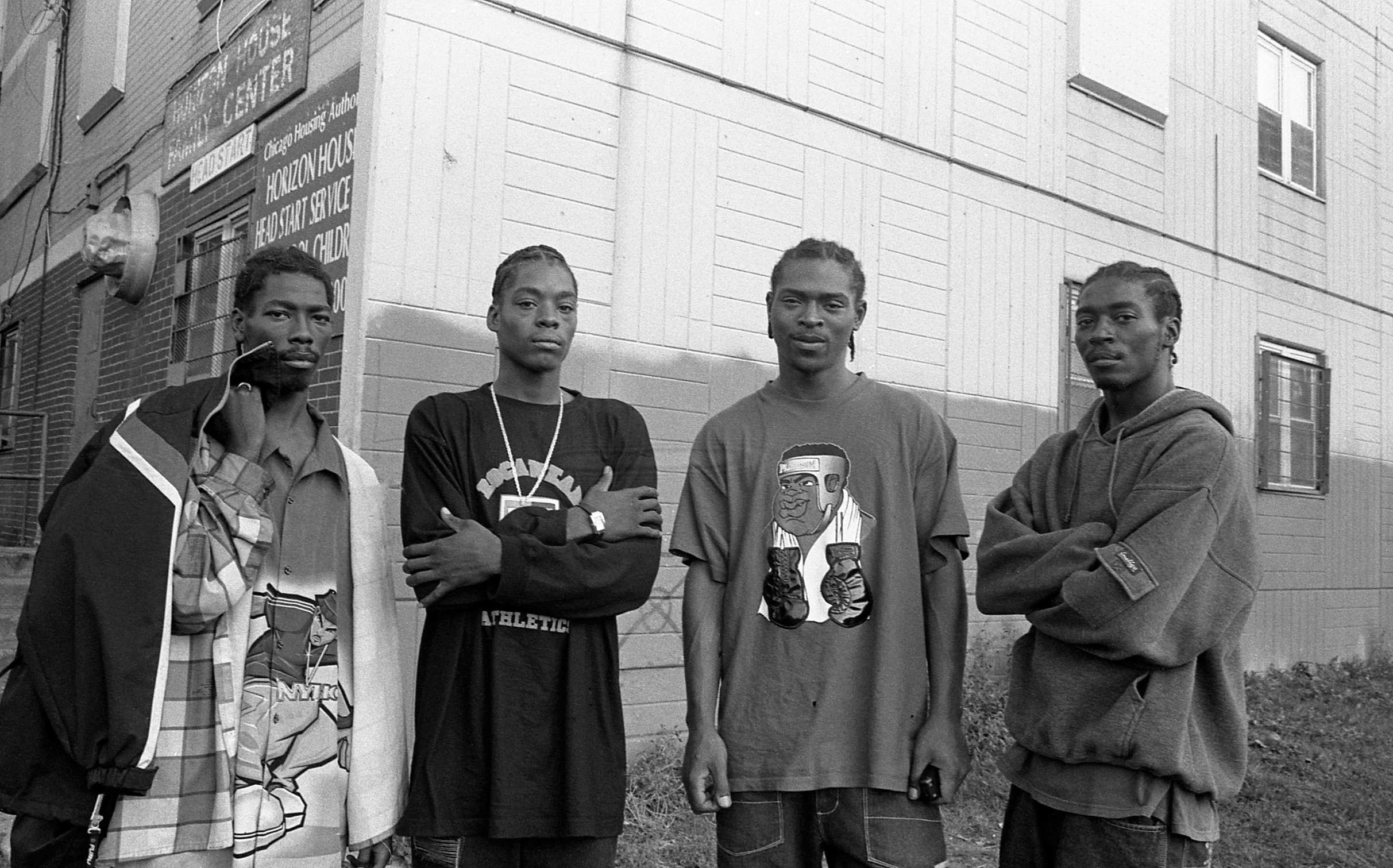
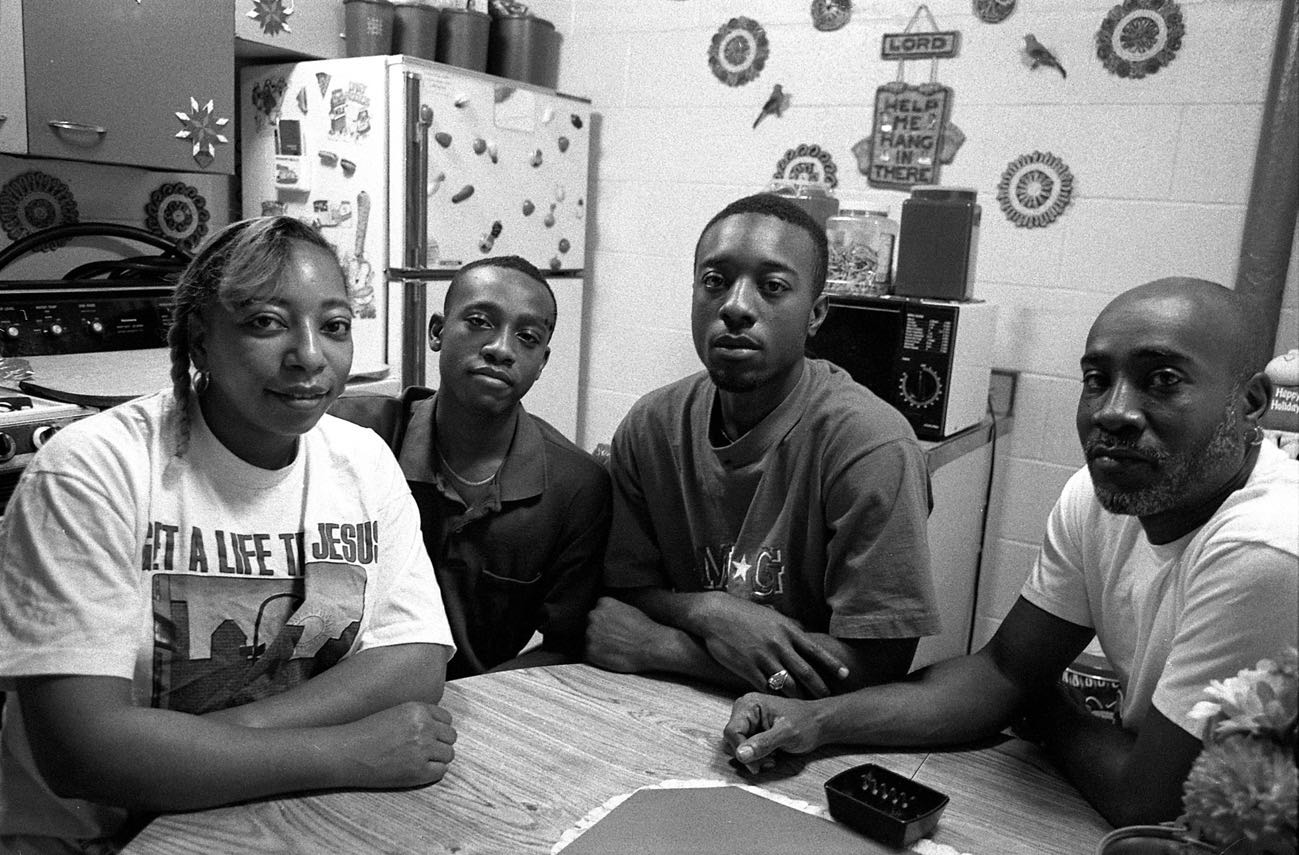
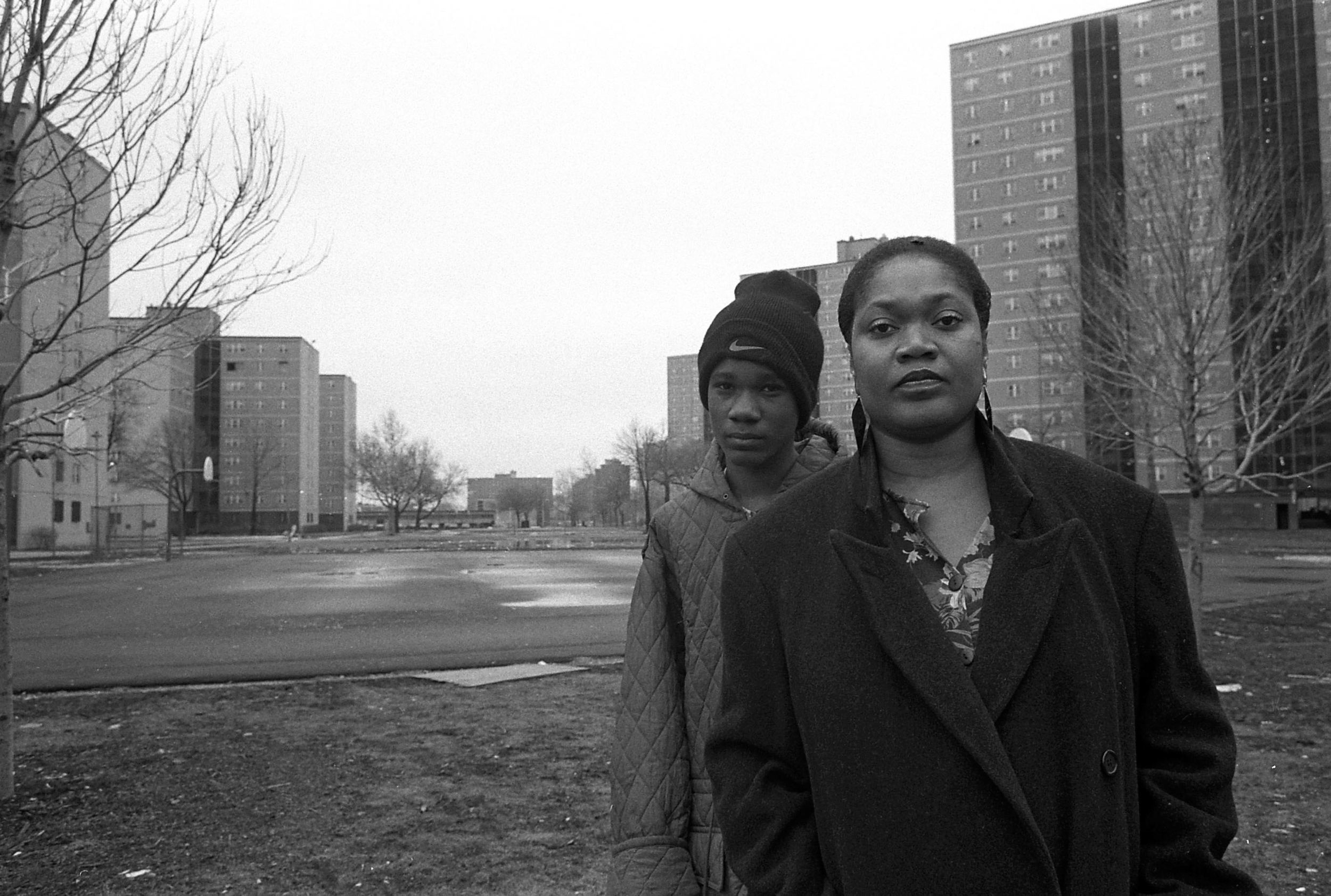
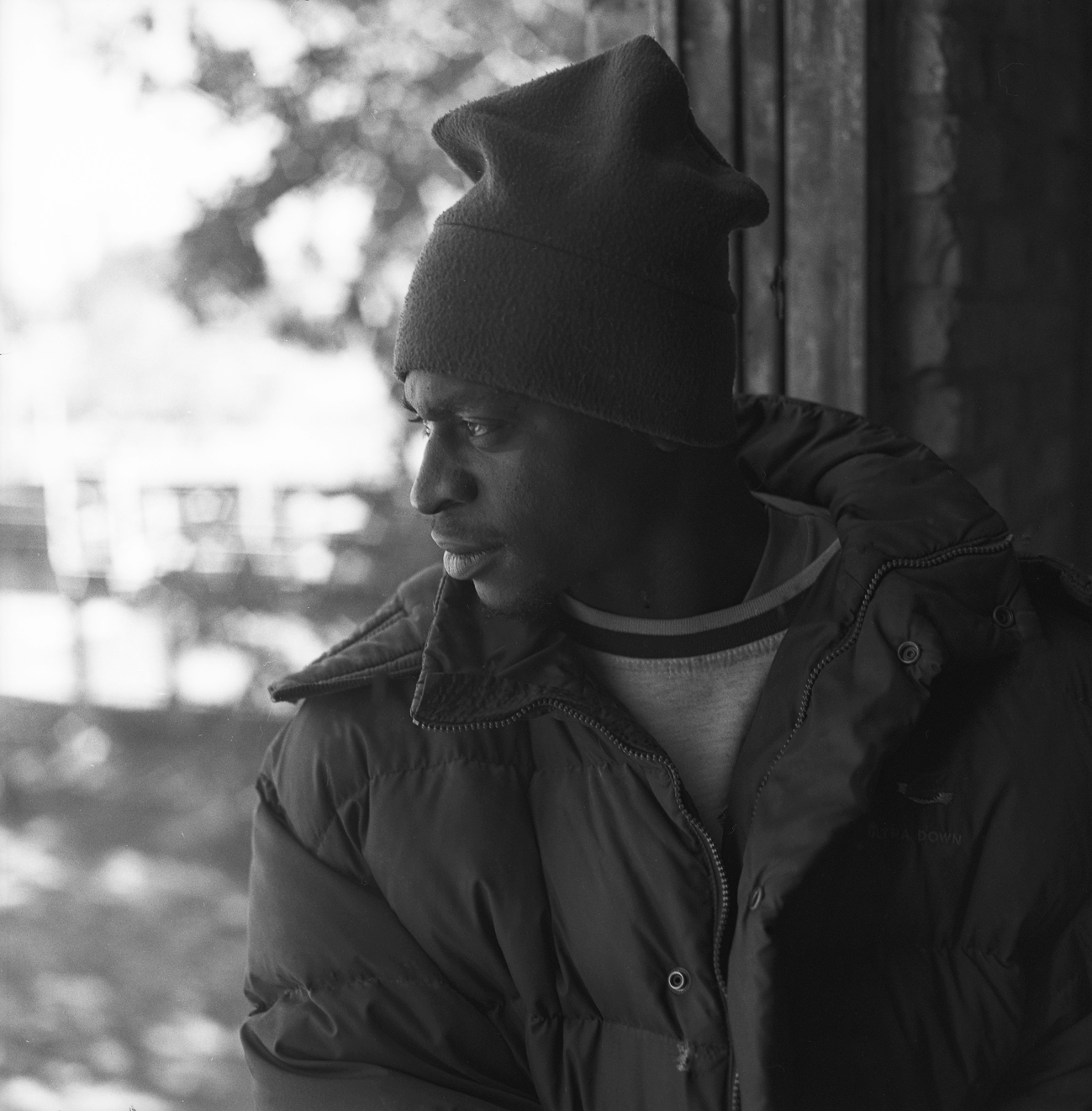
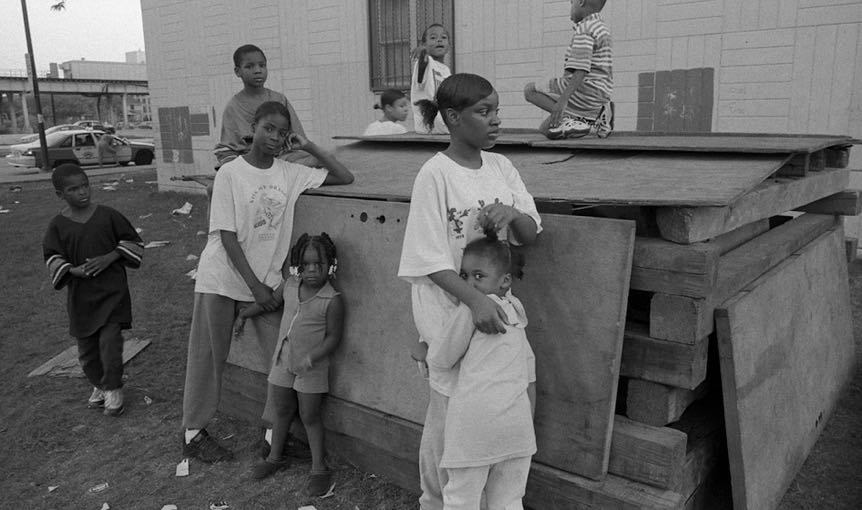
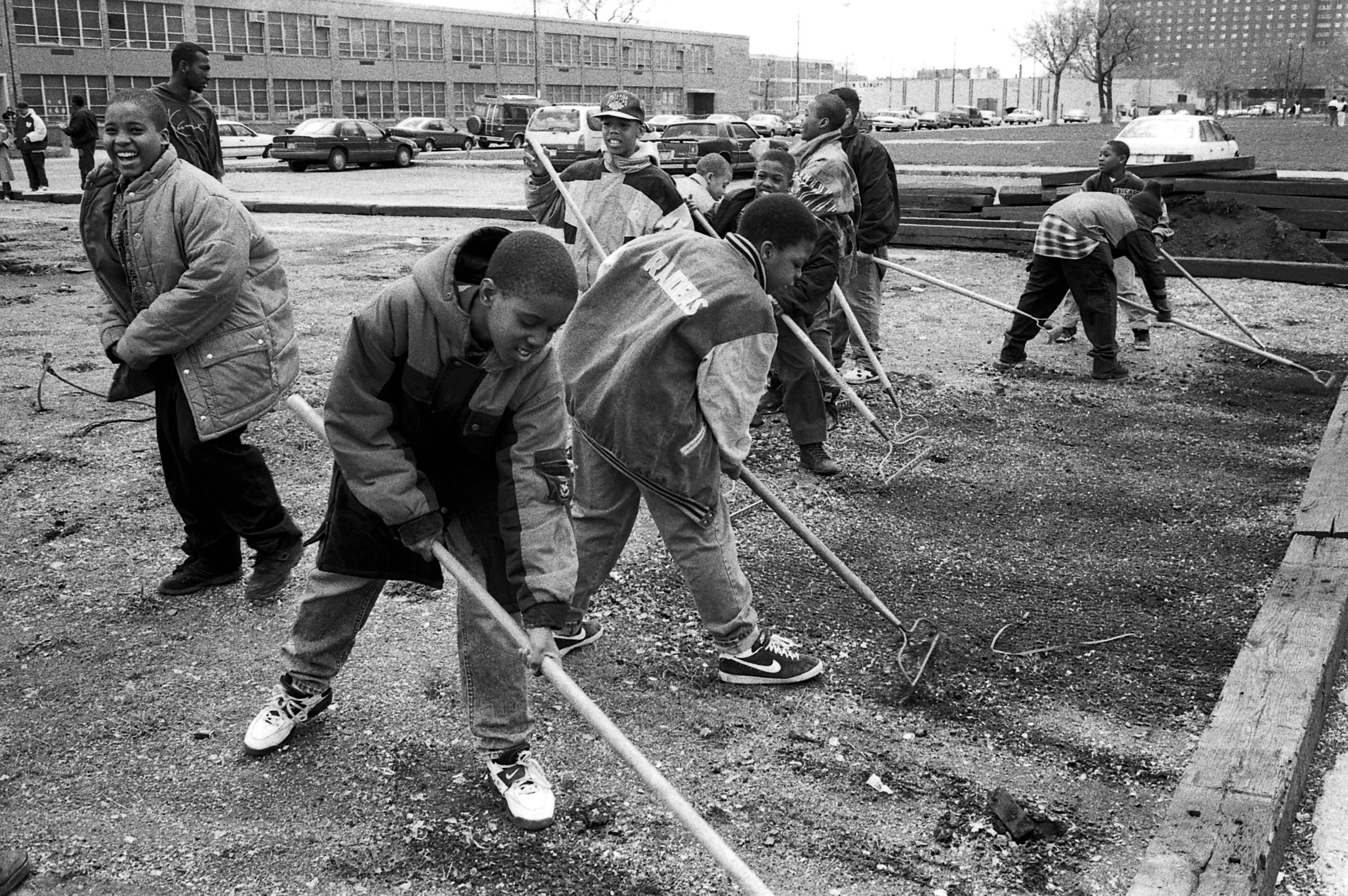
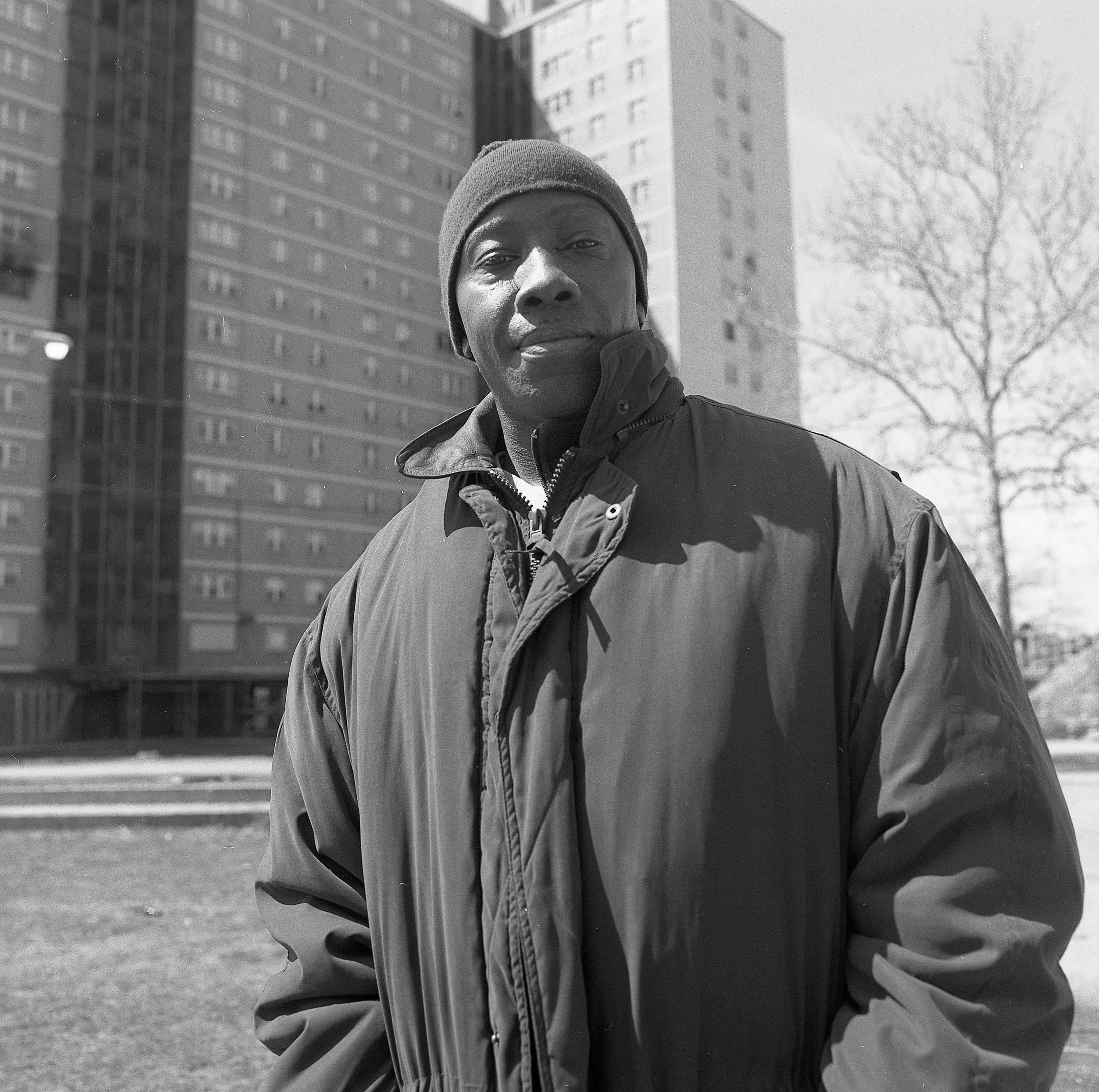
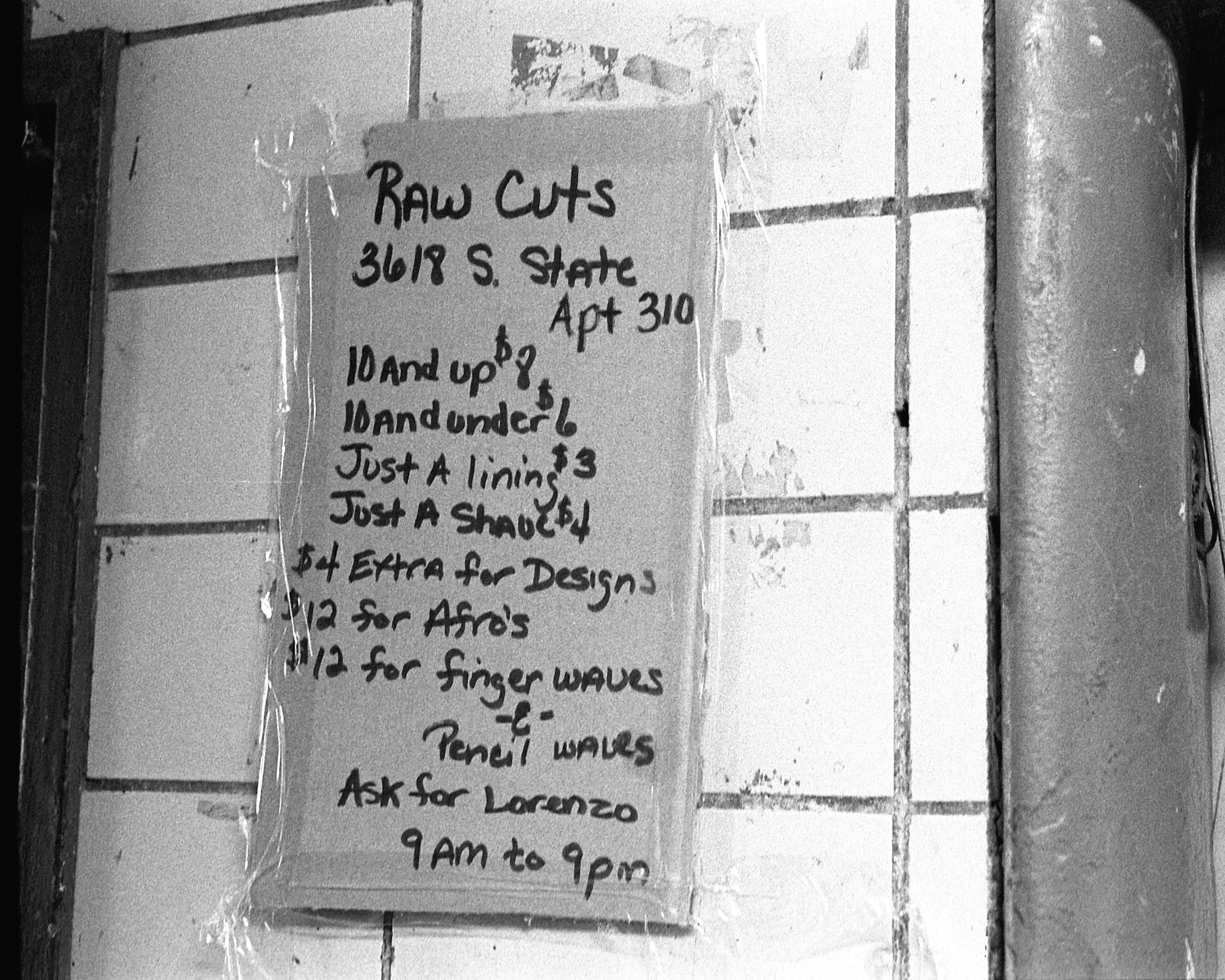
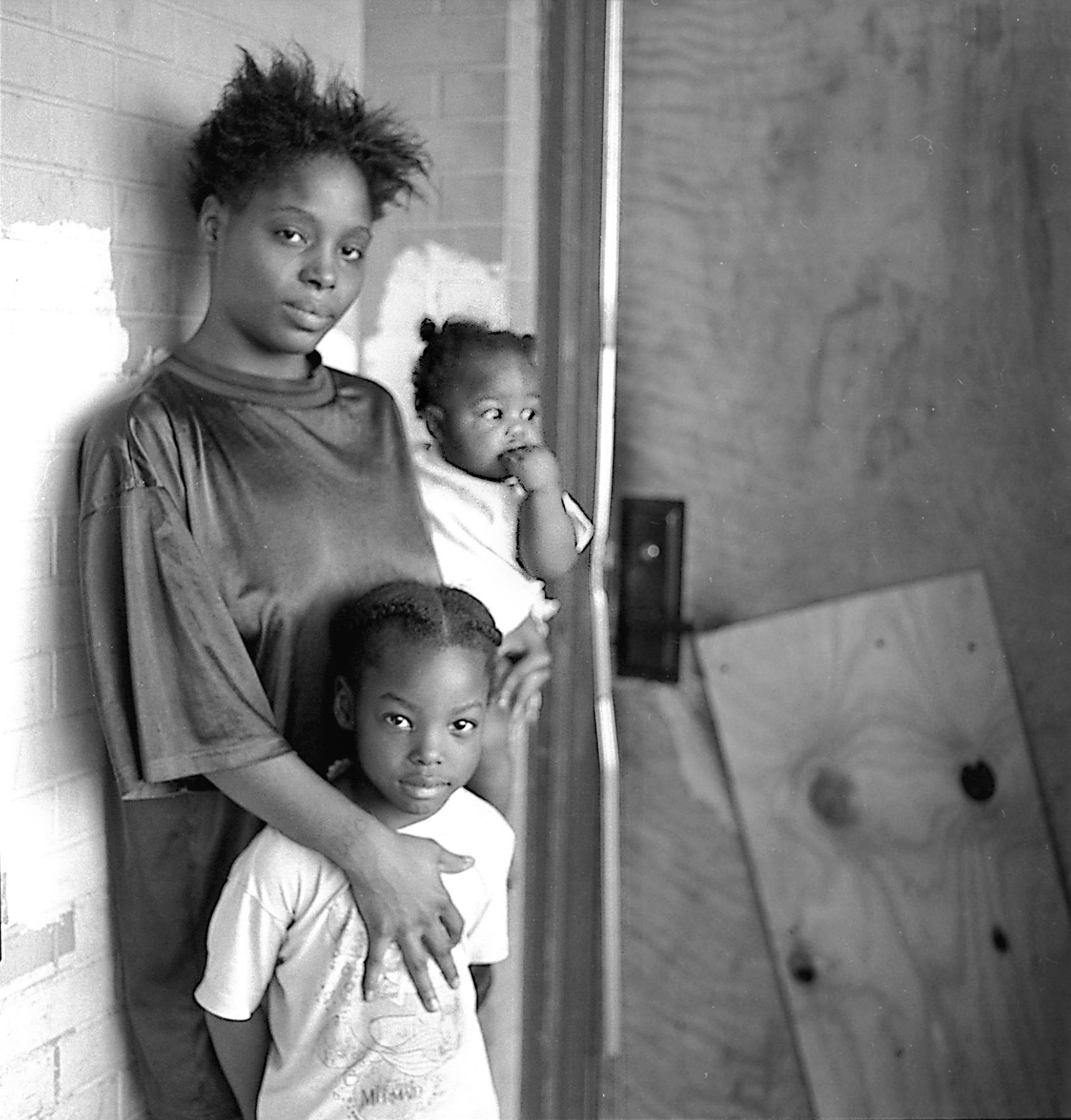
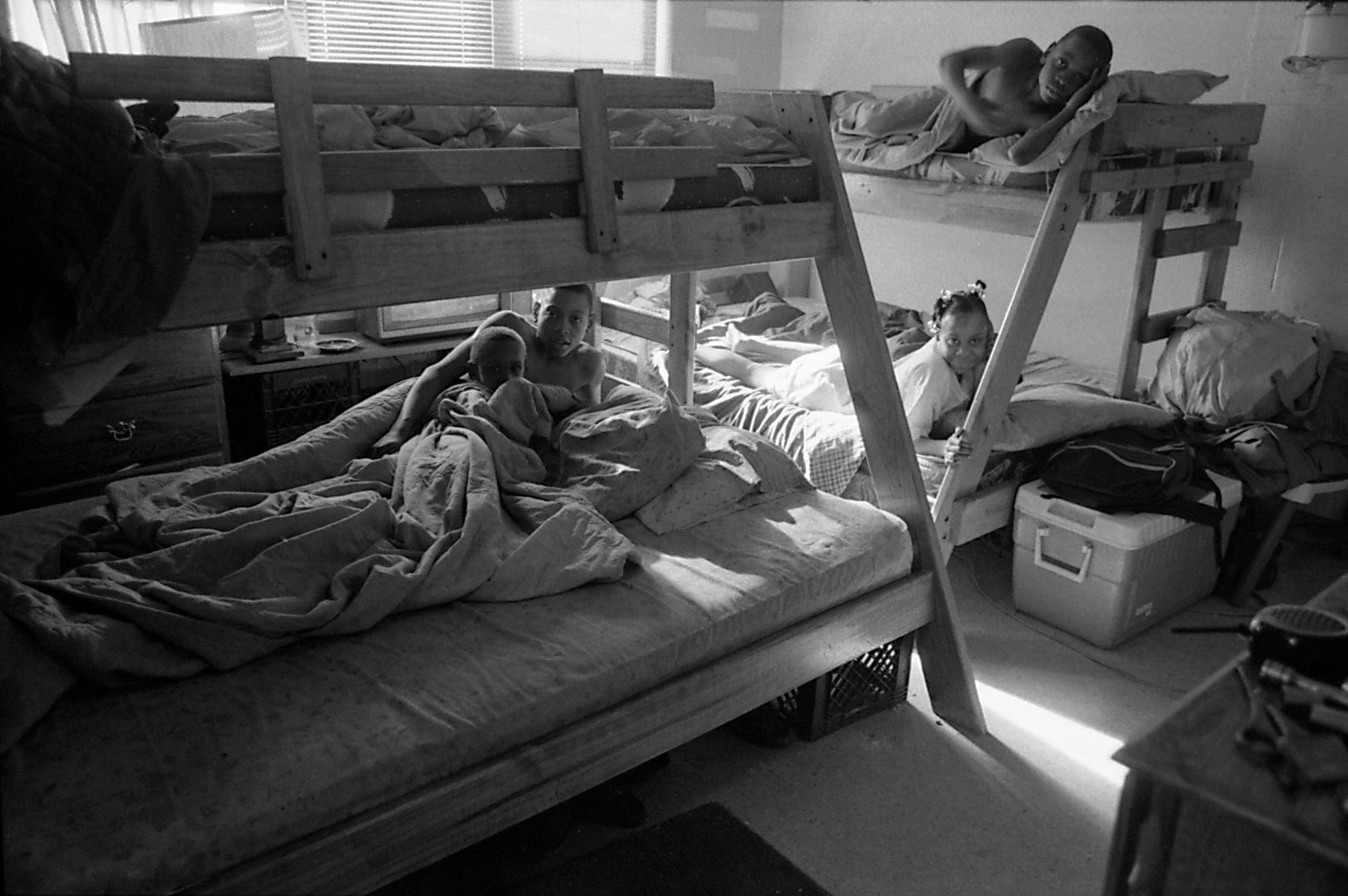
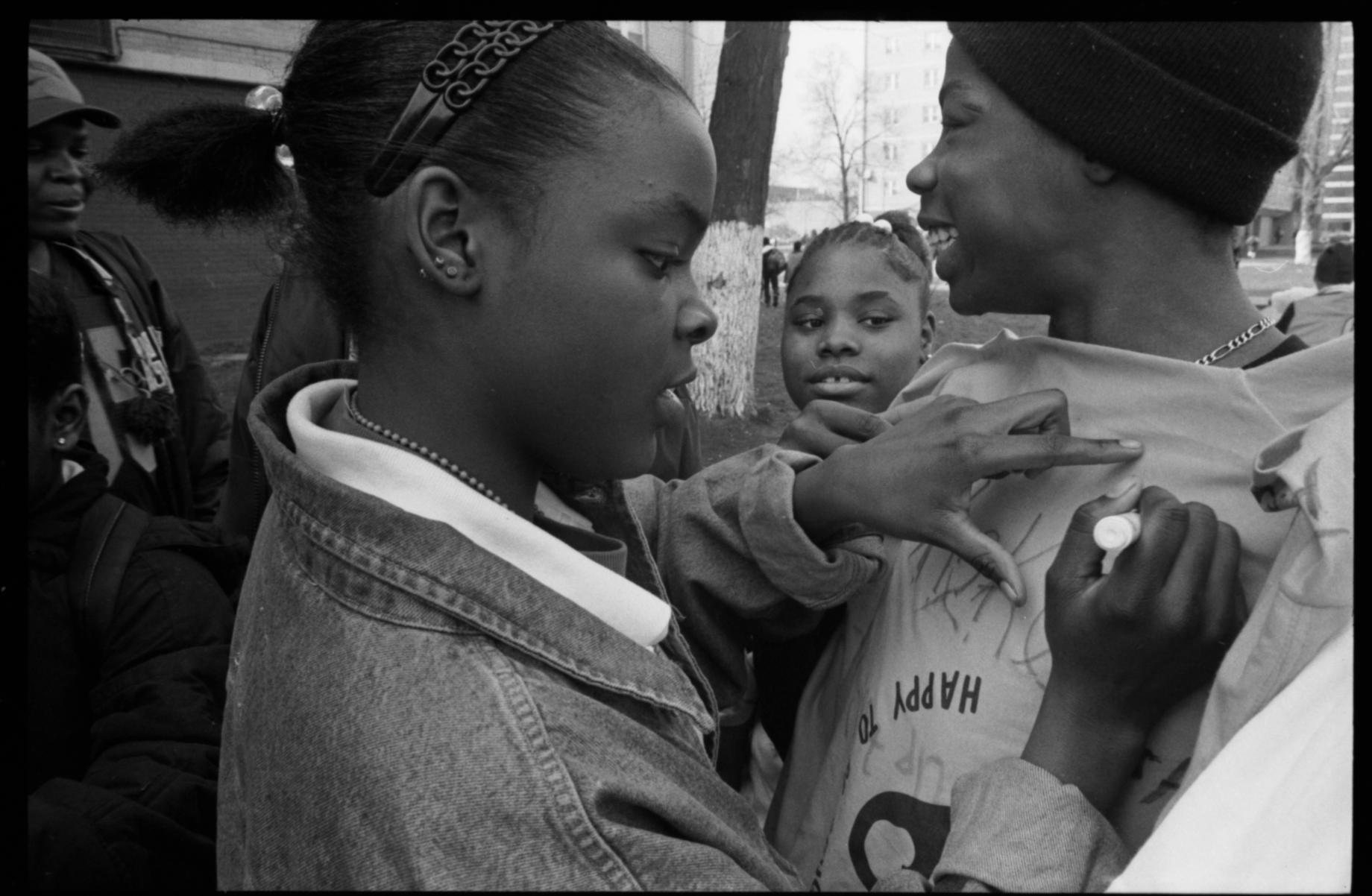
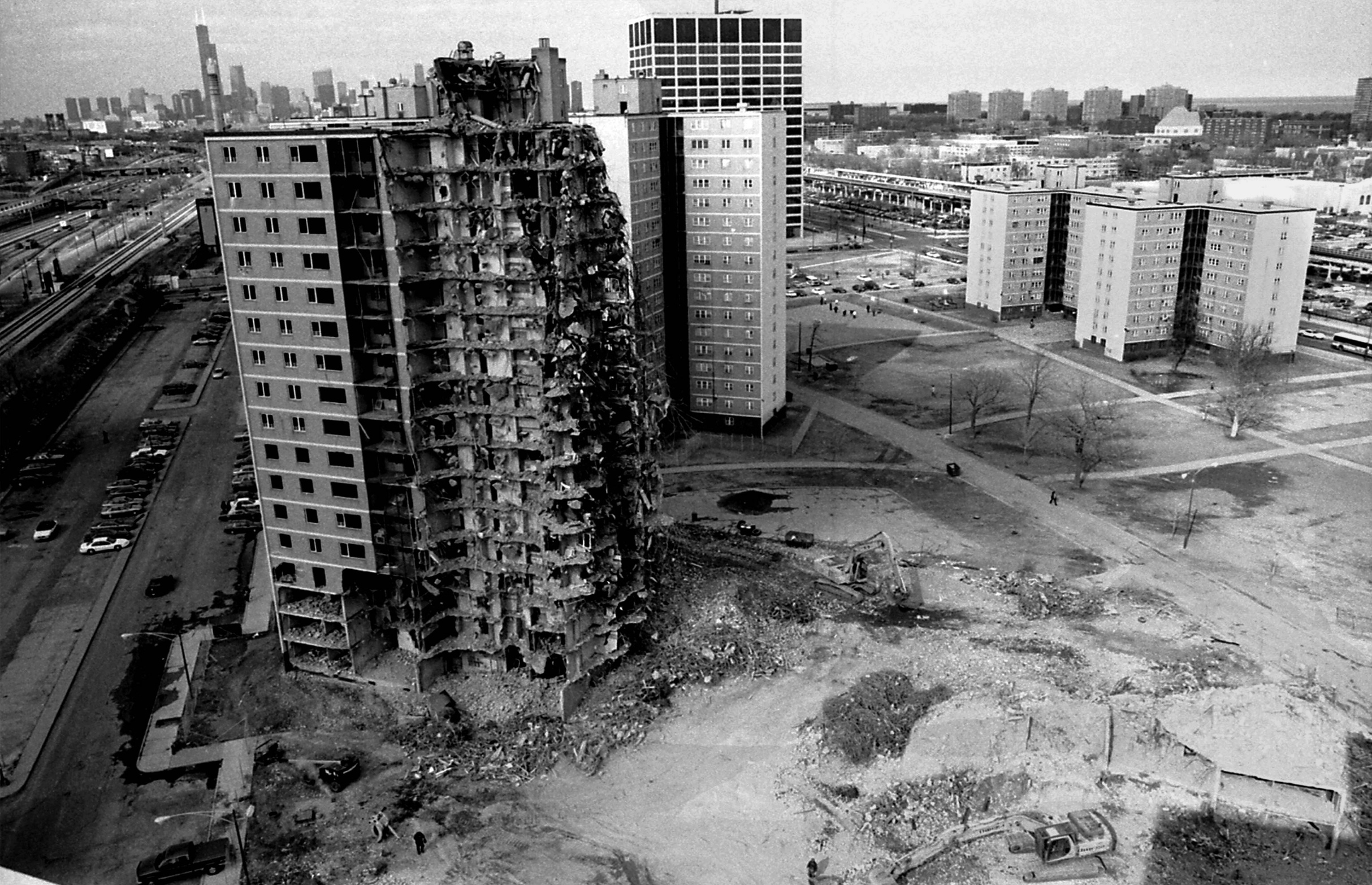
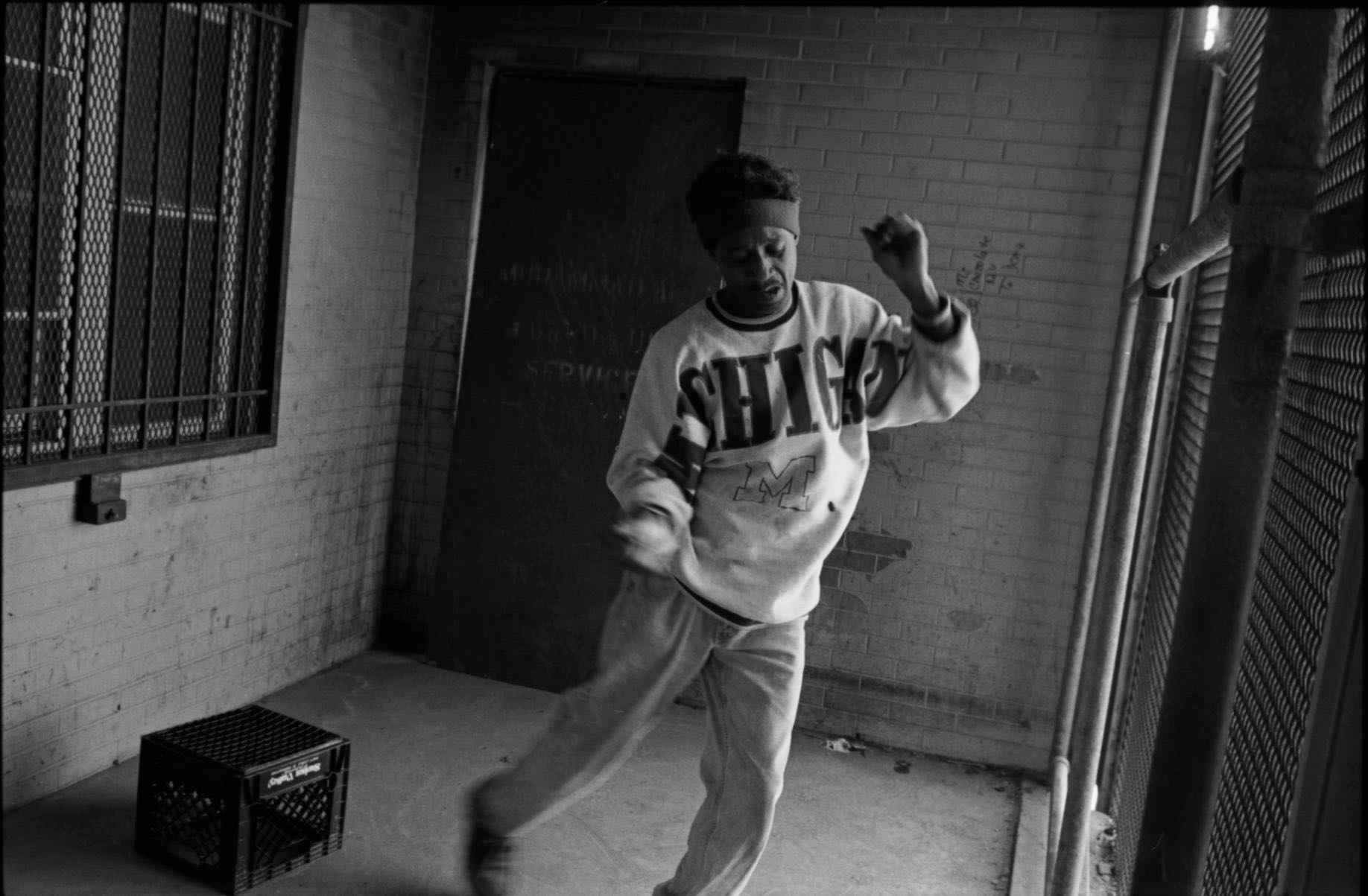
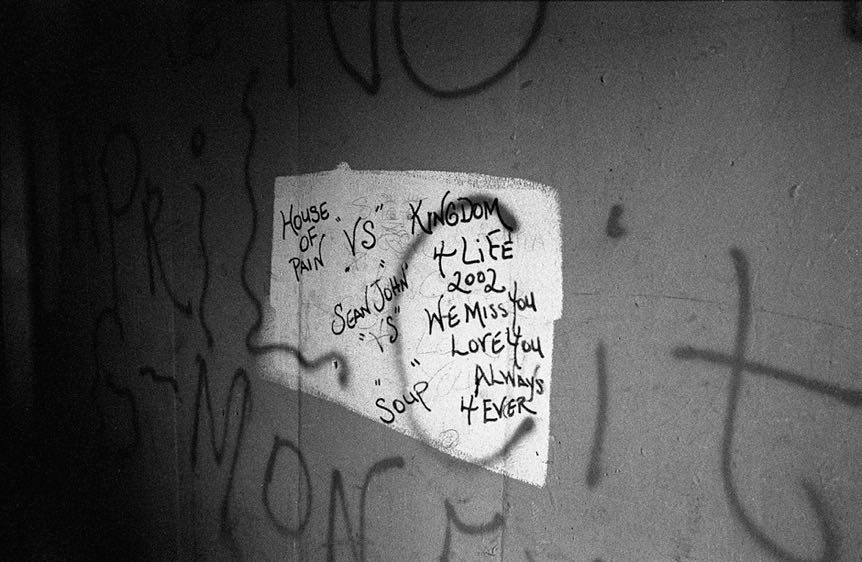
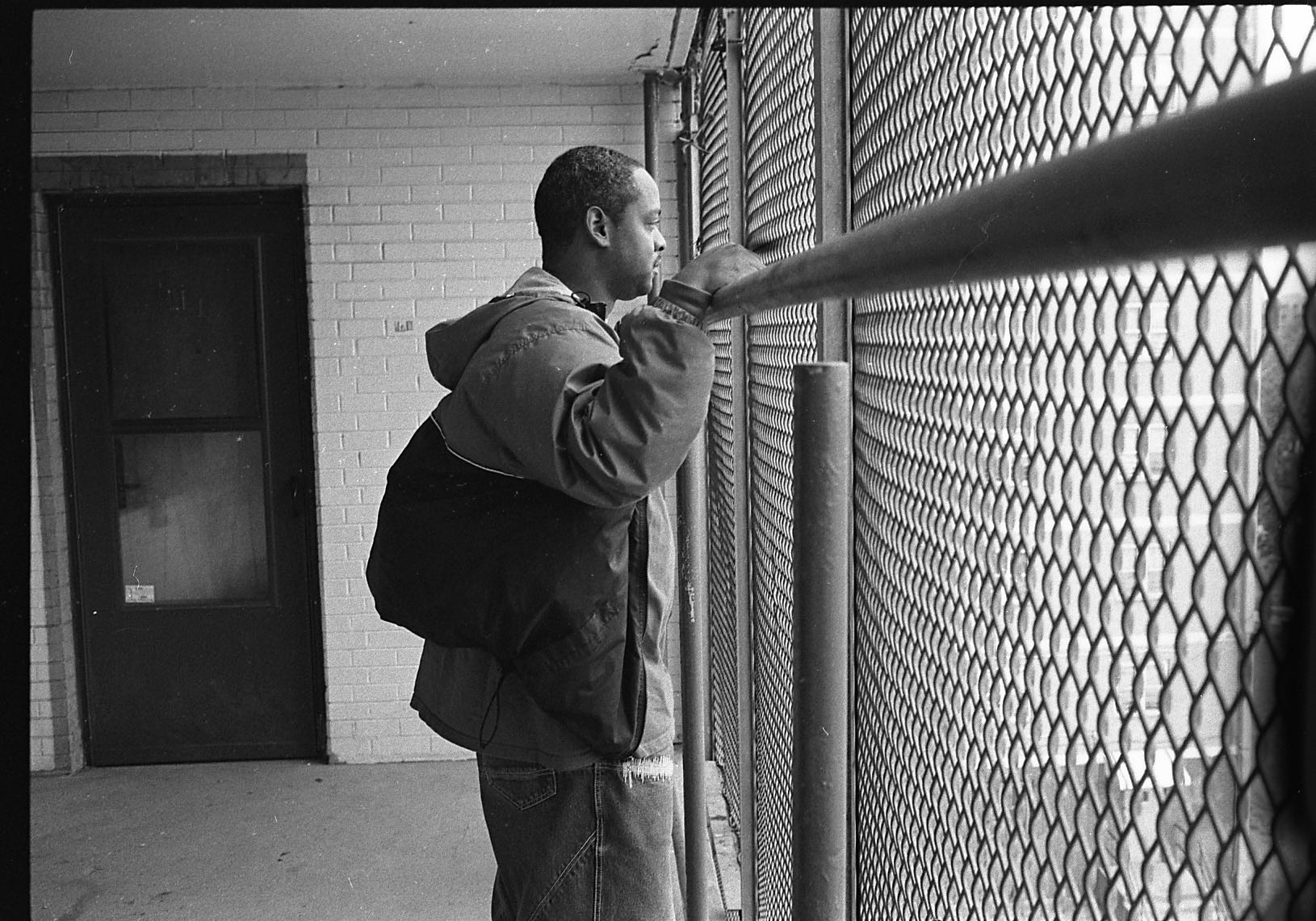
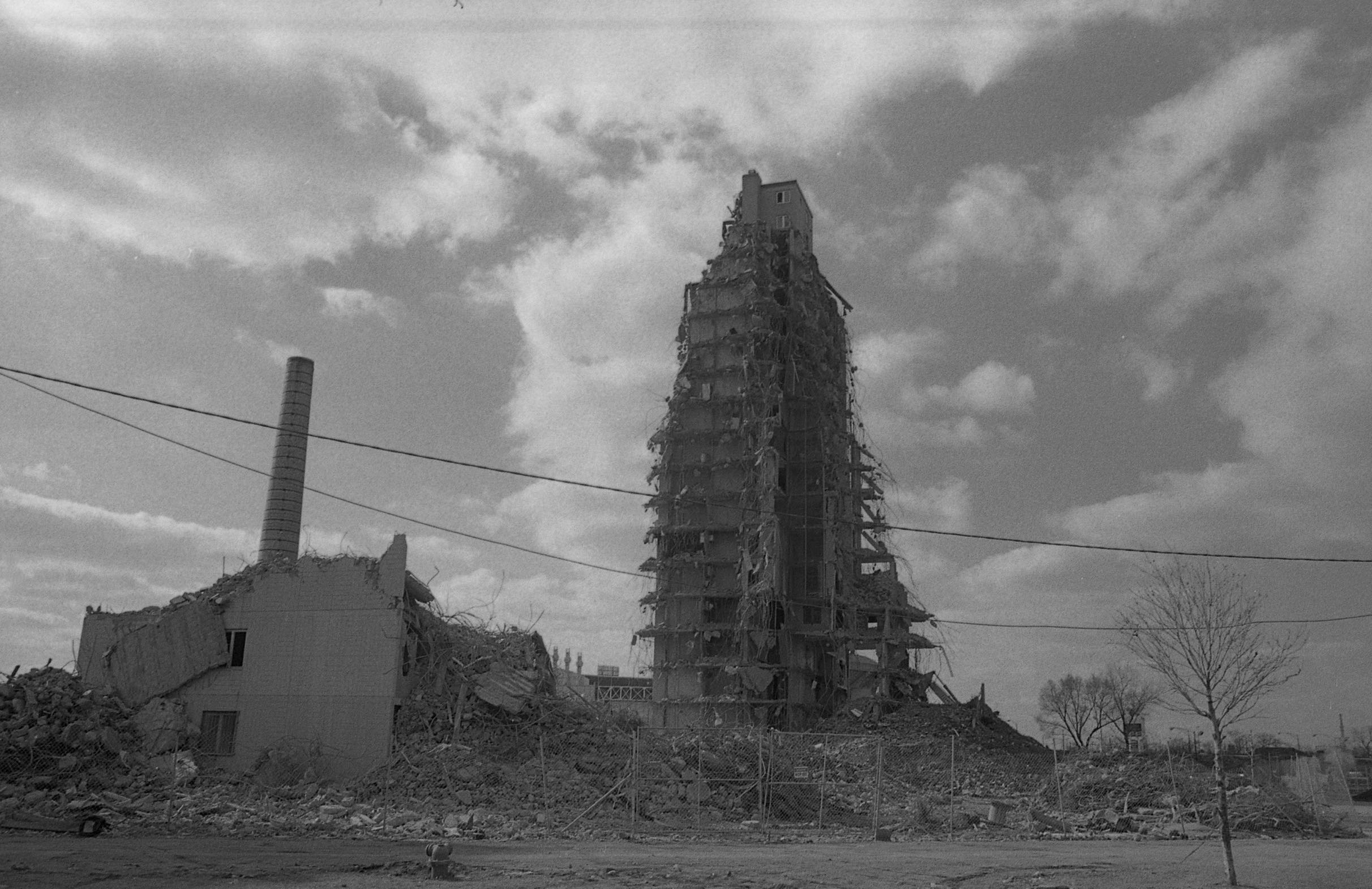
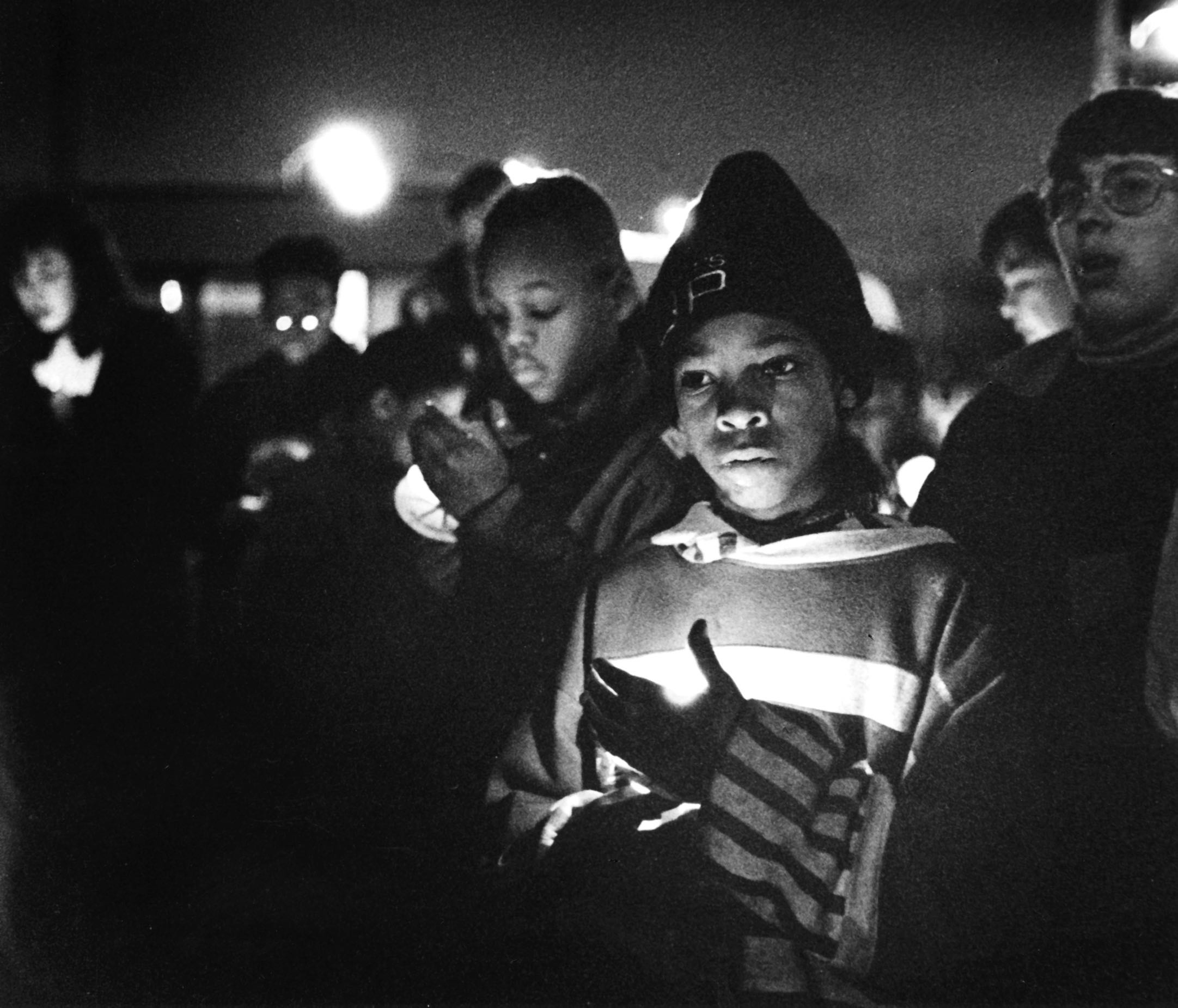
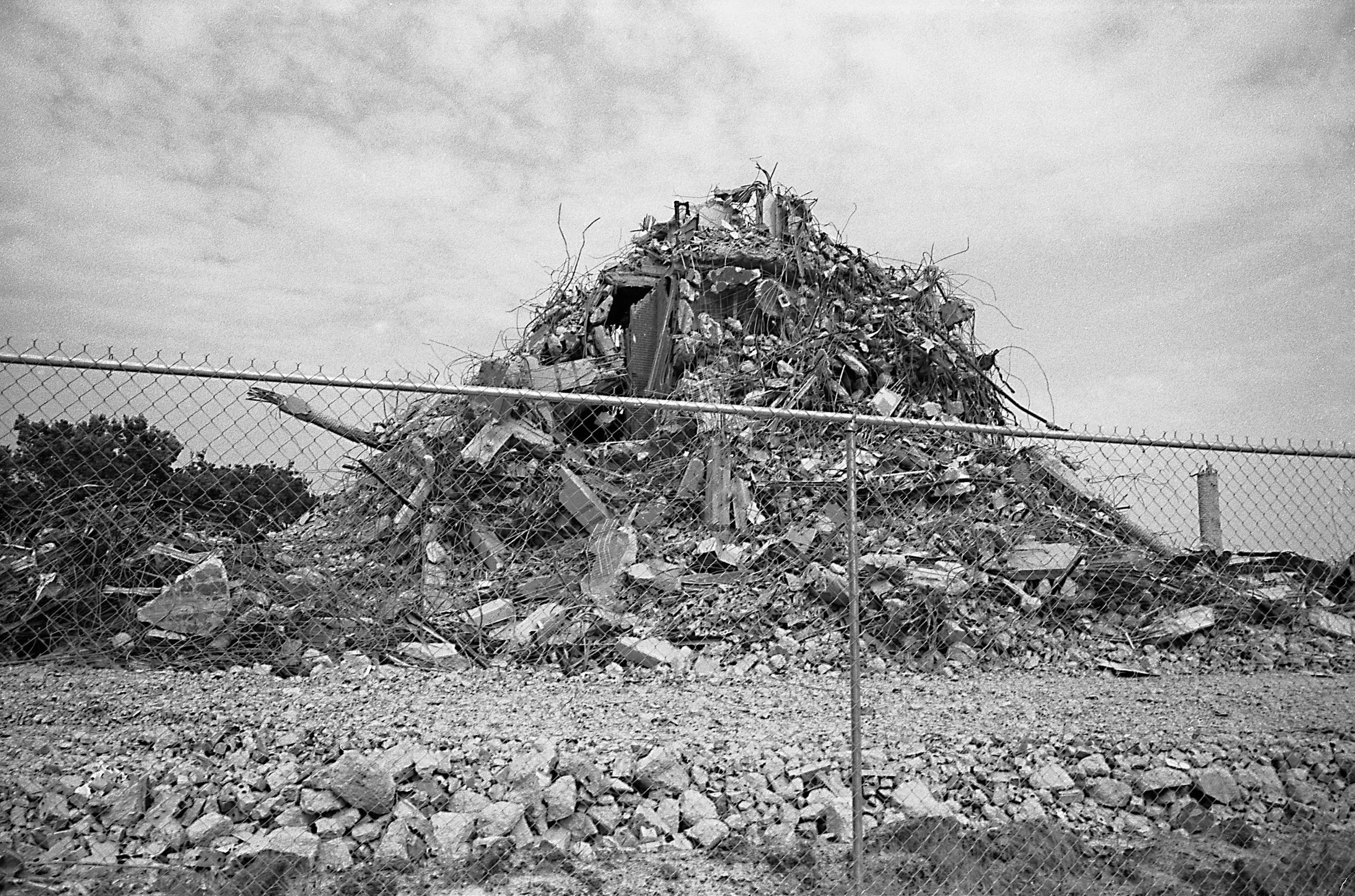
As an organizer and advocate for public housing residents, I have long worked with artist collaborators and co-conspirators in ventures that could be described as “place making.” Perhaps we’ll have occasion to talk about some of those projects during the discussion period, but I want to focus my remarks on something else: I want to talk about place unmaking and its implications.
That is a phenomenon Chicago has massive experience with. I refer to the Plan for Transformation—the extraordinary process by which the City demolished the archipelago of high-rise public housing developments that ranged through the central city, always visible at the peripheries of one’s vision and present in one’s imagination, and forced those who lived there into a largely invisible ghetto that expanded to absorb them.
I used to joke about the Orwellian name “The Plan for Transformation,” with its assertion that a city government that could not provide minimal maintenance and security was going to provide transformation. It turned out, though, that the joke was on me, or more to the point, on the vulnerable families living in public housing. For the impact of the plan has indeed been transformative.
Like a natural disaster that permanently alters the geography, this bureaucratically-driven refugee crisis has left behind vacancy and silence in places that once teemed with life. By the Chicago Housing Authority’s own estimate, more than 400 acres, created by demolition, currently stand vacant in the central city. Such redevelopment as has occurred—scattered pockets of heavily promoted “mixed income communities”—all too often have the feel of prospective ghost towns. They are weirdly un-urban, even anti-urban, sites on land that once was the scene of intense urbanity.
As the official narrative of “transformation” has run aground, the Plan has increasingly been seen, though it is not often said aloud, as a debacle. The primary critique goes to the failure to build adequate replacement housing. There is also another set of harms, less often mentioned, that I want to address today: the assault on the identities of those for whom these doomed placed were home, on the forms of meaning and beauty they created there, and on the historical continuities woven over generations into place.
Imagine having the known world, the world by which you know yourself, obliterated virtually overnight. And then imagine being told that this trauma was being inflicted for your own good.
That perverse logic was essential to the Plan. After many decades of abandonment by the City in its role as landlord, the City in the guise of reformer declared monolithic systems failure. High-rise public housing was, simply, a bad idea. It was a failed “project.” The logic of “transformation” was: “Anything is better than this.” Not only did this sleight of hand allow the City to elide accountability for the conditions in public housing, it gave it carte blanche to pursue the logic of the blank slate: not just the demolition of structures but the erasure of place.
It was, in a sense, the polar opposite of preservation: the designation of certain sites as bad places to be eradicated. The public discourse was framed by a symbolic equation: the high-rises represented every urban ill; hence their demolition was, by definition, progress.
It seems only fitting on a panel on the role of artists to acknowledge the power that the state exercises as a conceptual artist, giving material expression to a set of propositions about the world. To a remarkable degree, the very conditions of abandonment, dereliction, and neglect were mobilized in support not of reparations but of erasure.
Having lived through it, I have no doubt that Chicago’s approach was wrong, deeply wrong, that it was an affront to human dignity, that it violated, in the idiom of the international human rights movement, public housing residents’ “right to the city.” Yet that diagnosis does not, I think, yield the prescription that high-rise public housing in the form it had assumed in Chicago should have been preserved.
We touch here on the distinction between preservation keyed to generalizable standards of historical and/or aesthetic importance and preservation grounded in the histories and aesthetics of those who live in and, in a sense, belong to a place.
One need not embrace the magical thinking that animated the Plan for Transformation to recognize that concentrations of abandoned high-rise public housing in Chicago demanded changes. The question I want to leave you with is this: what might a more humane process of redevelopment—a process that honored residents’ identities, memories, and sense of place--look like?
I don’t claim to have a secure answer to this question, but I want to suggest that it would, at the very least, acknowledge the necessity and dignity of grief. Cities are dynamic. Altogether apart from ill-conceived social engineering misadventures such as the Plan for Transformation, change is inevitable. Even the most desirable renewal necessarily brings elements of loss. So perhaps we need to further complicate the dialectic of preservation and development by adding to the mix the articulation of strategies that allow space for and give material expression to grief as a social dynamic—a strenuous, creative, necessary process that, when it runs true, enables people to adapt to changes in their life circumstances by remixing their memories and reweaving their identities.
